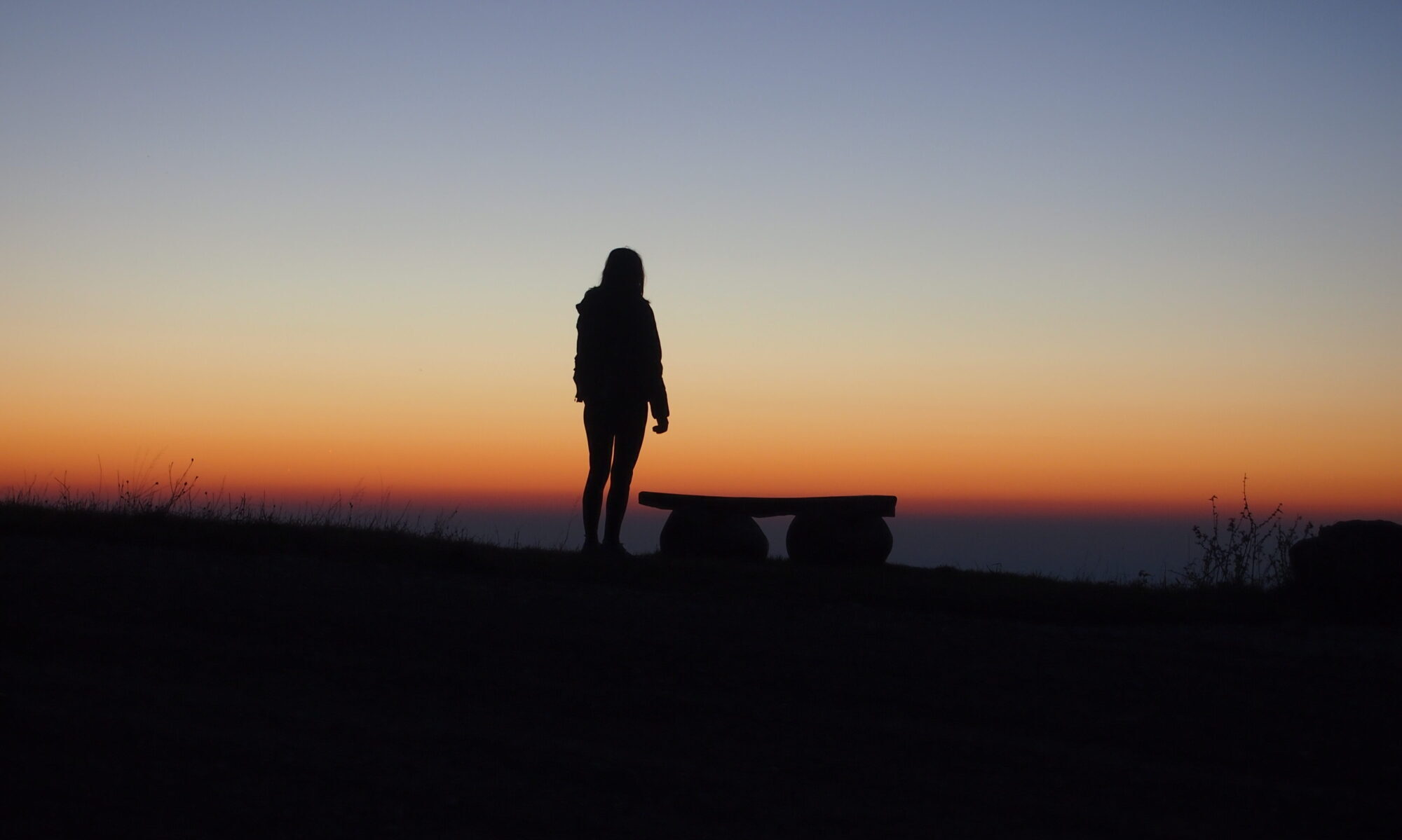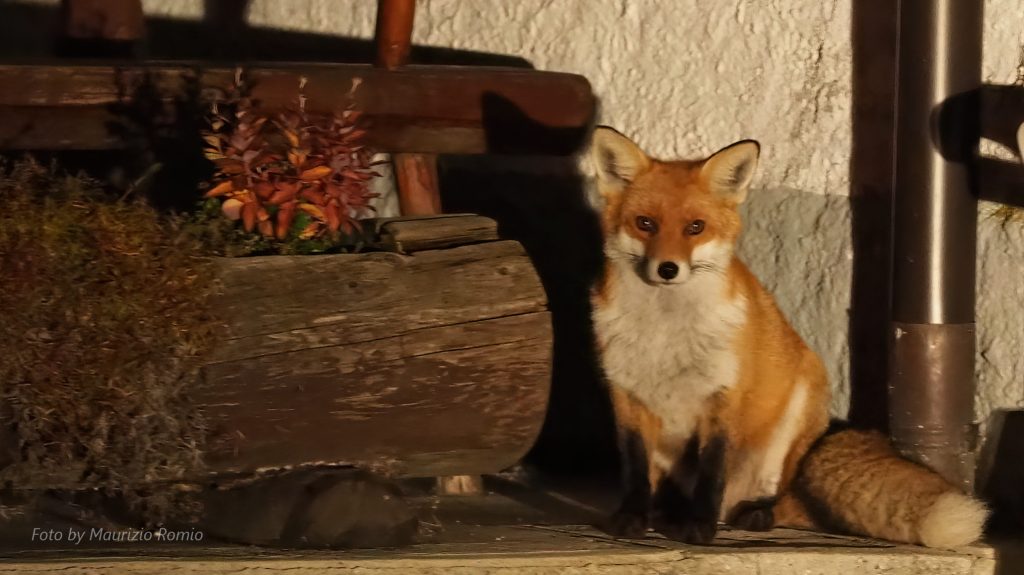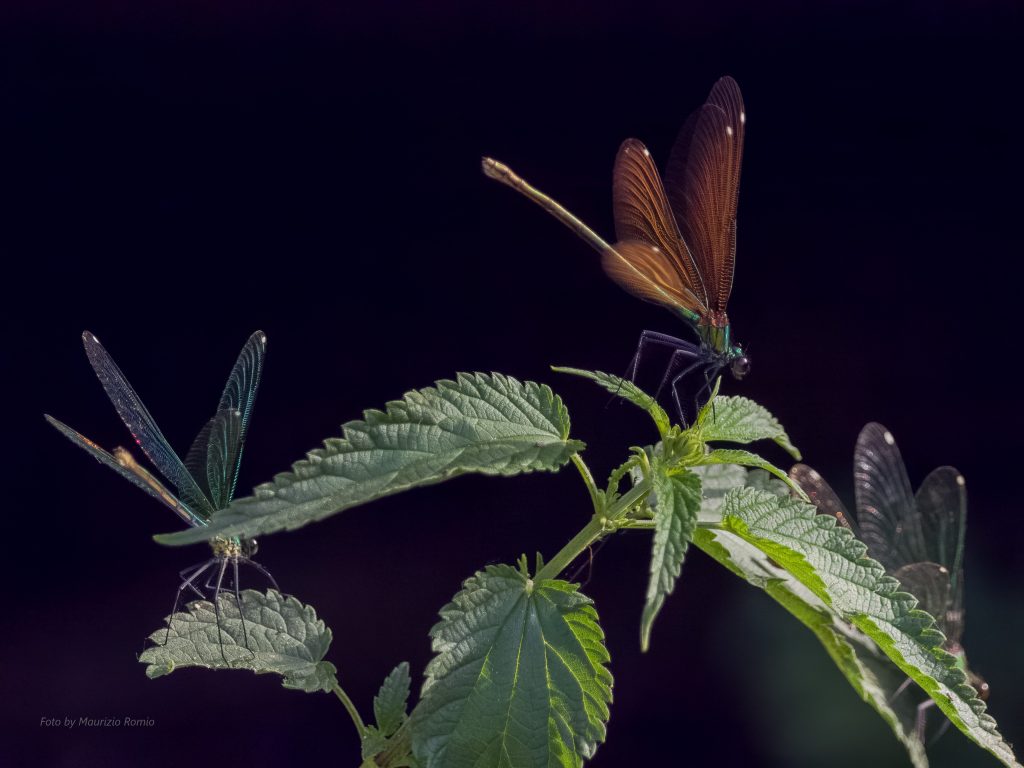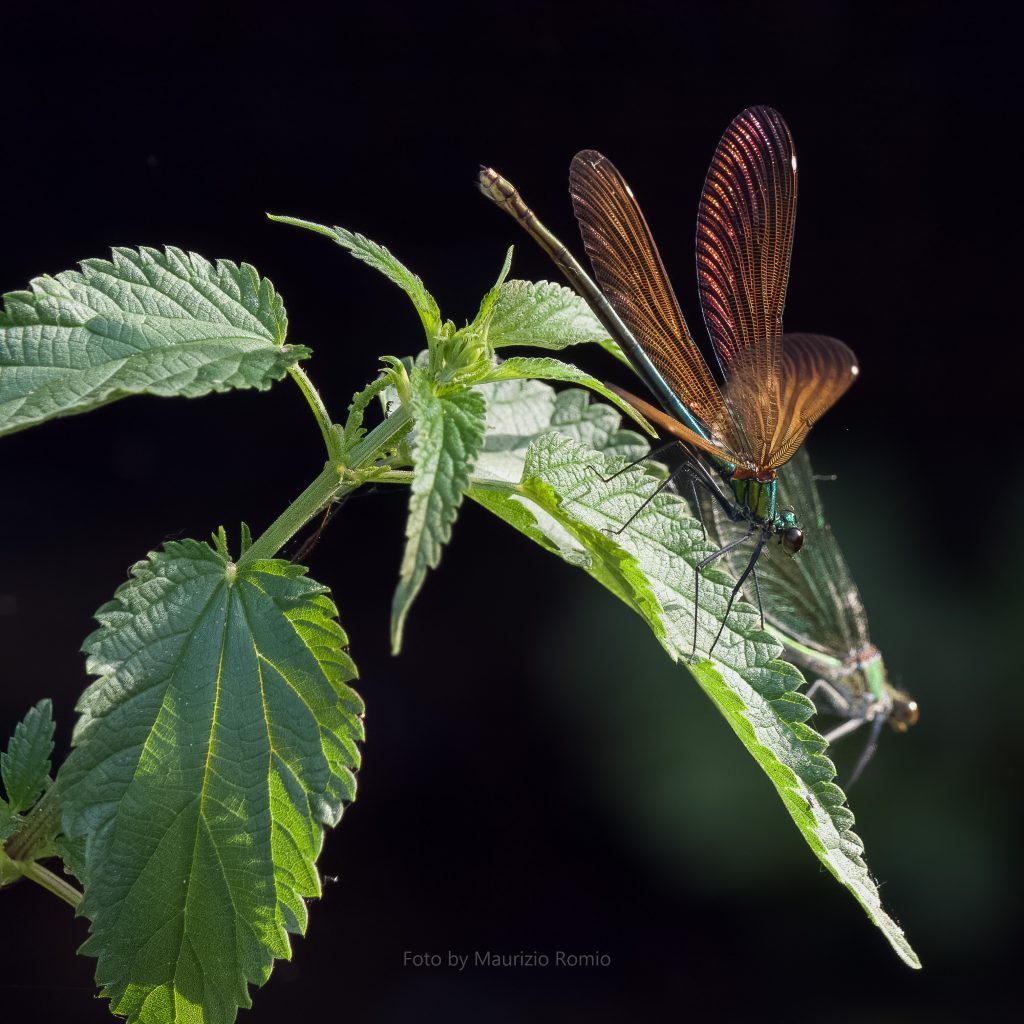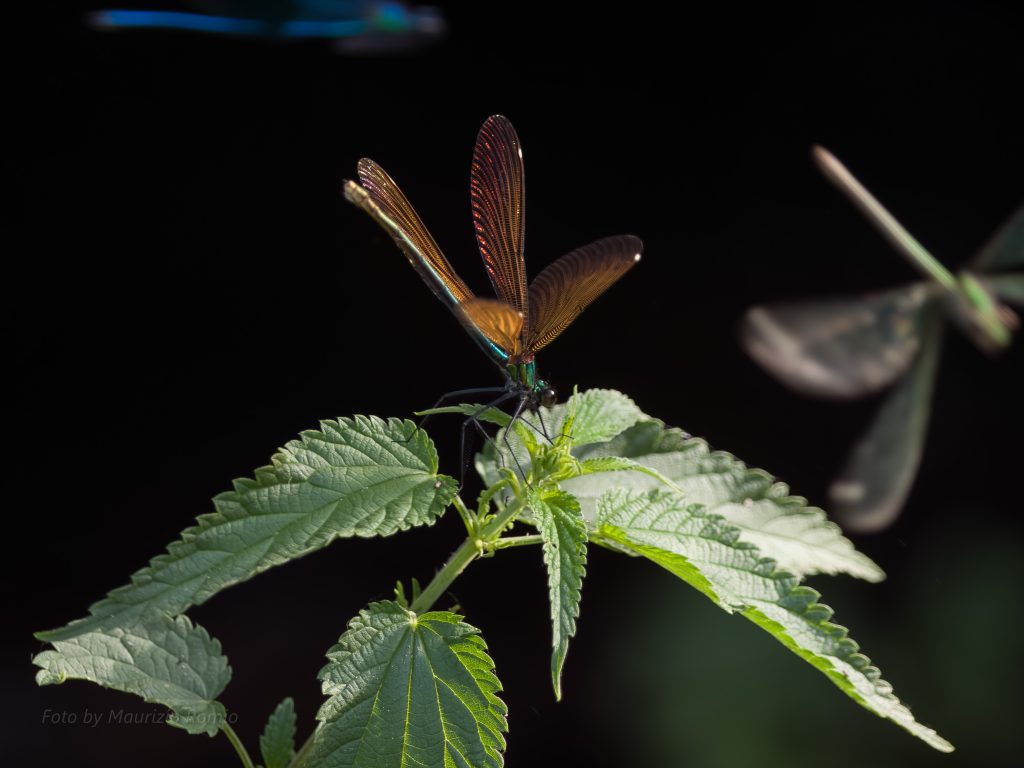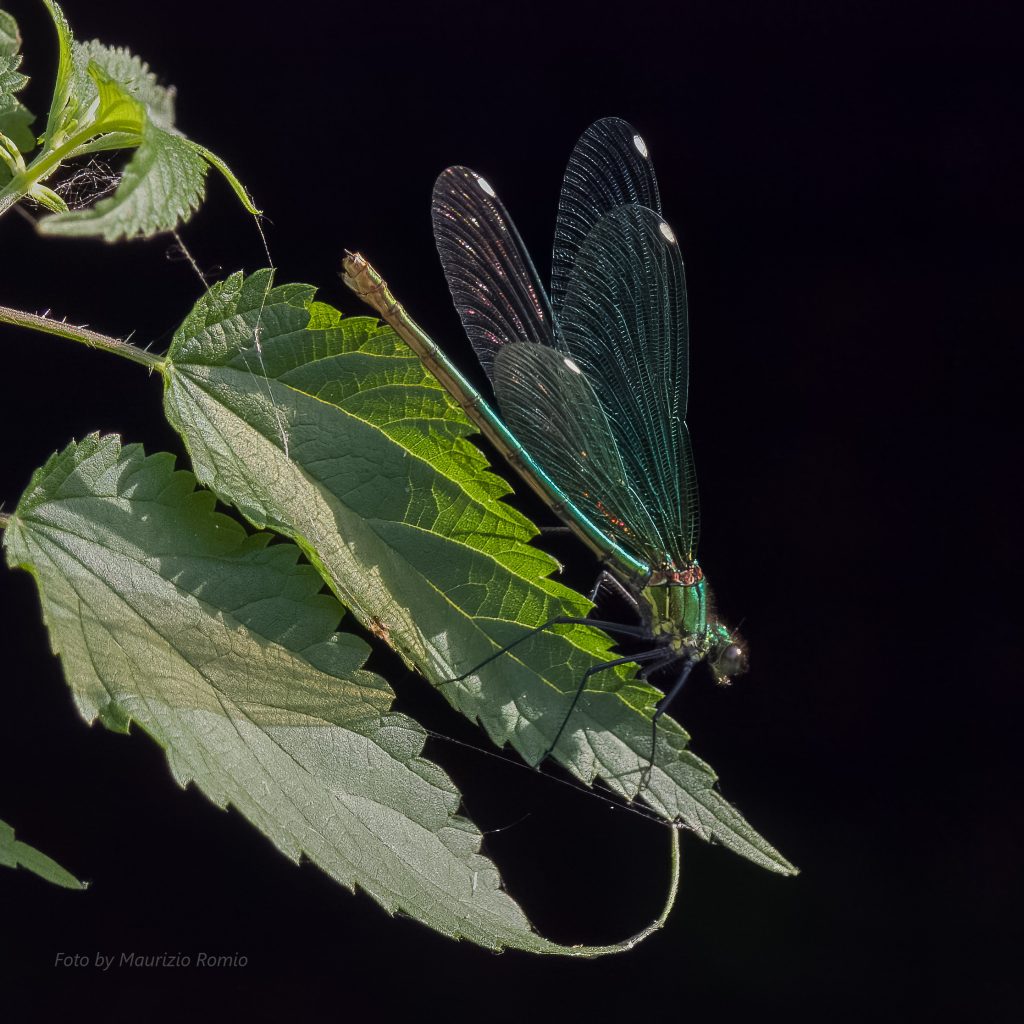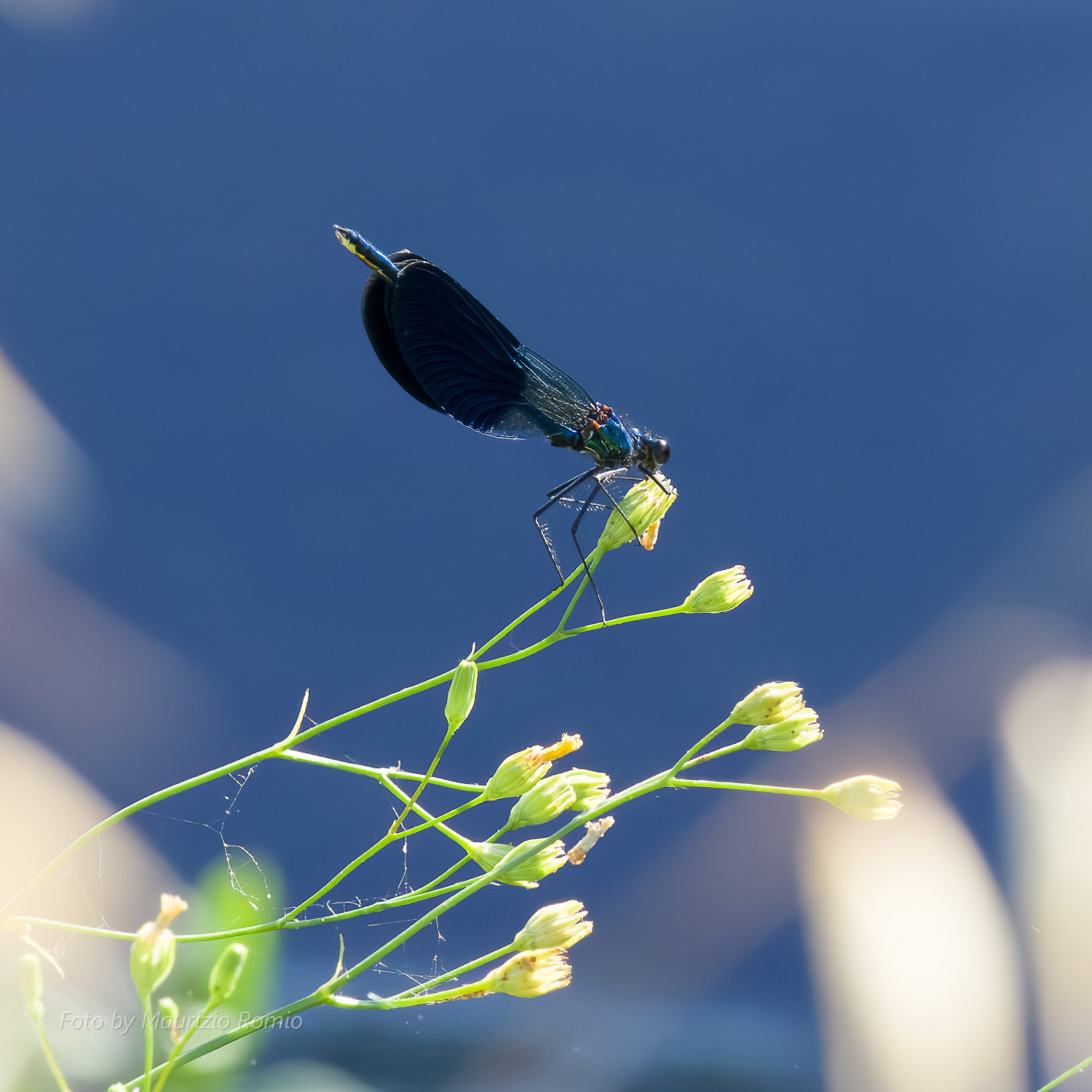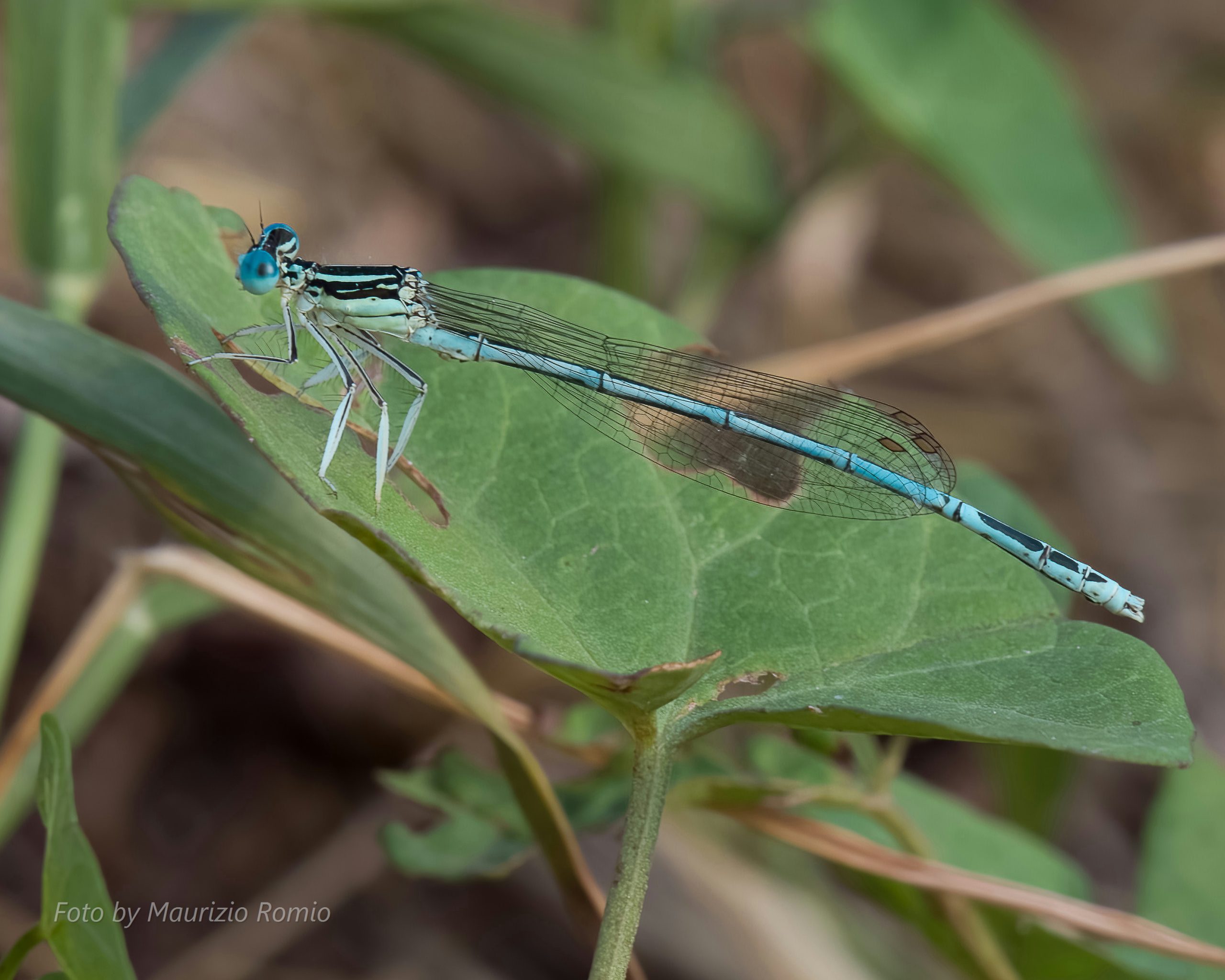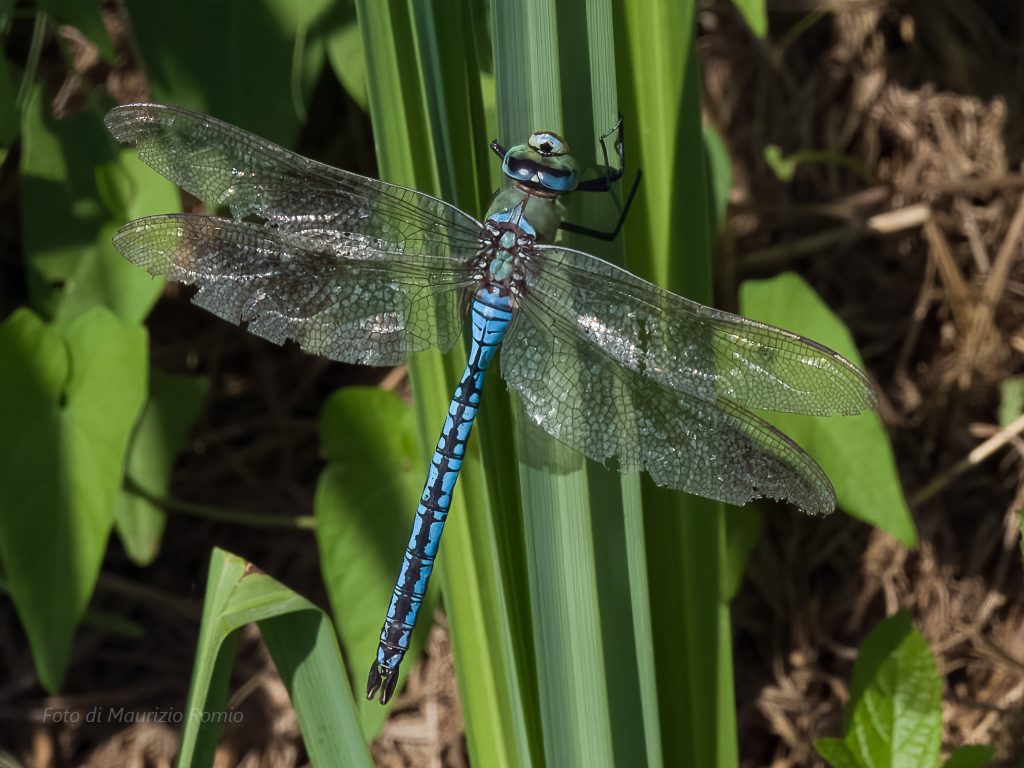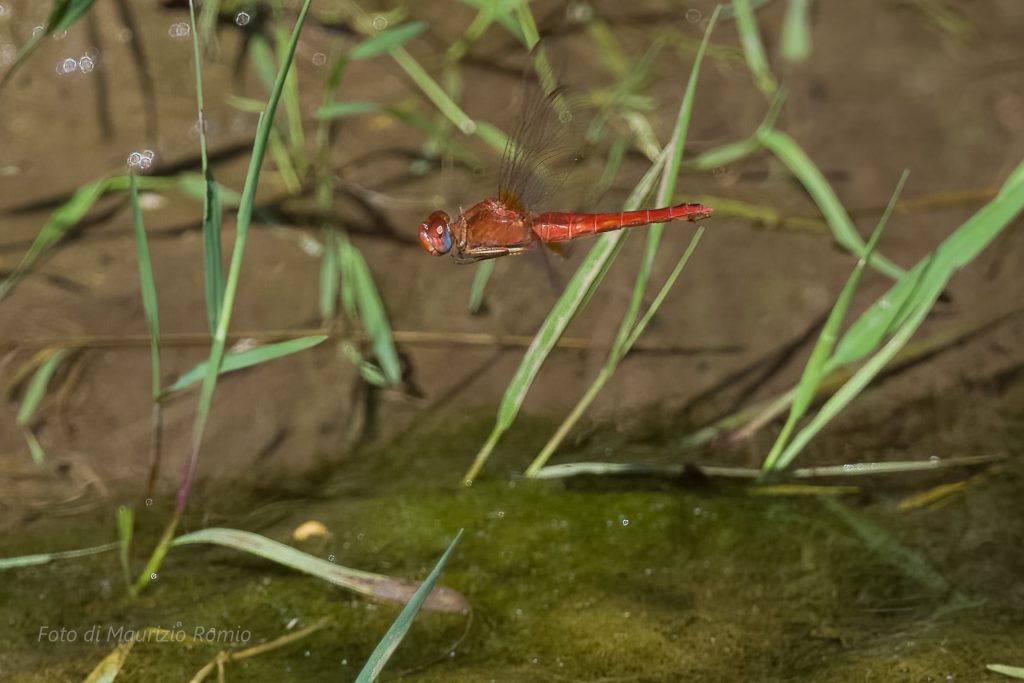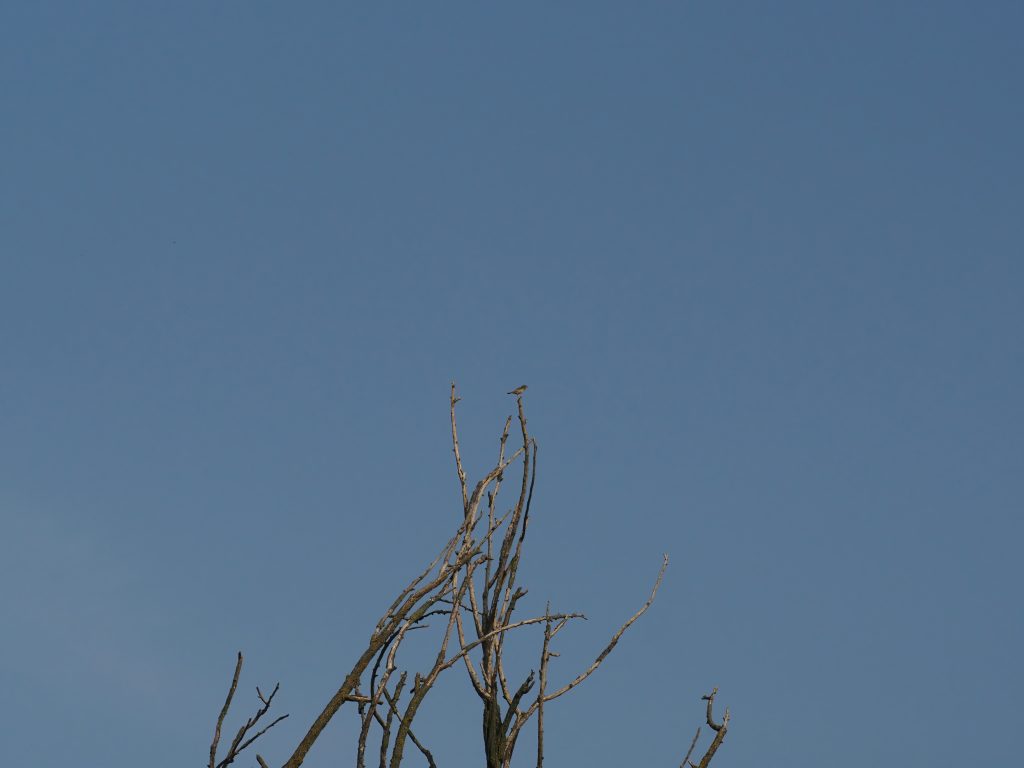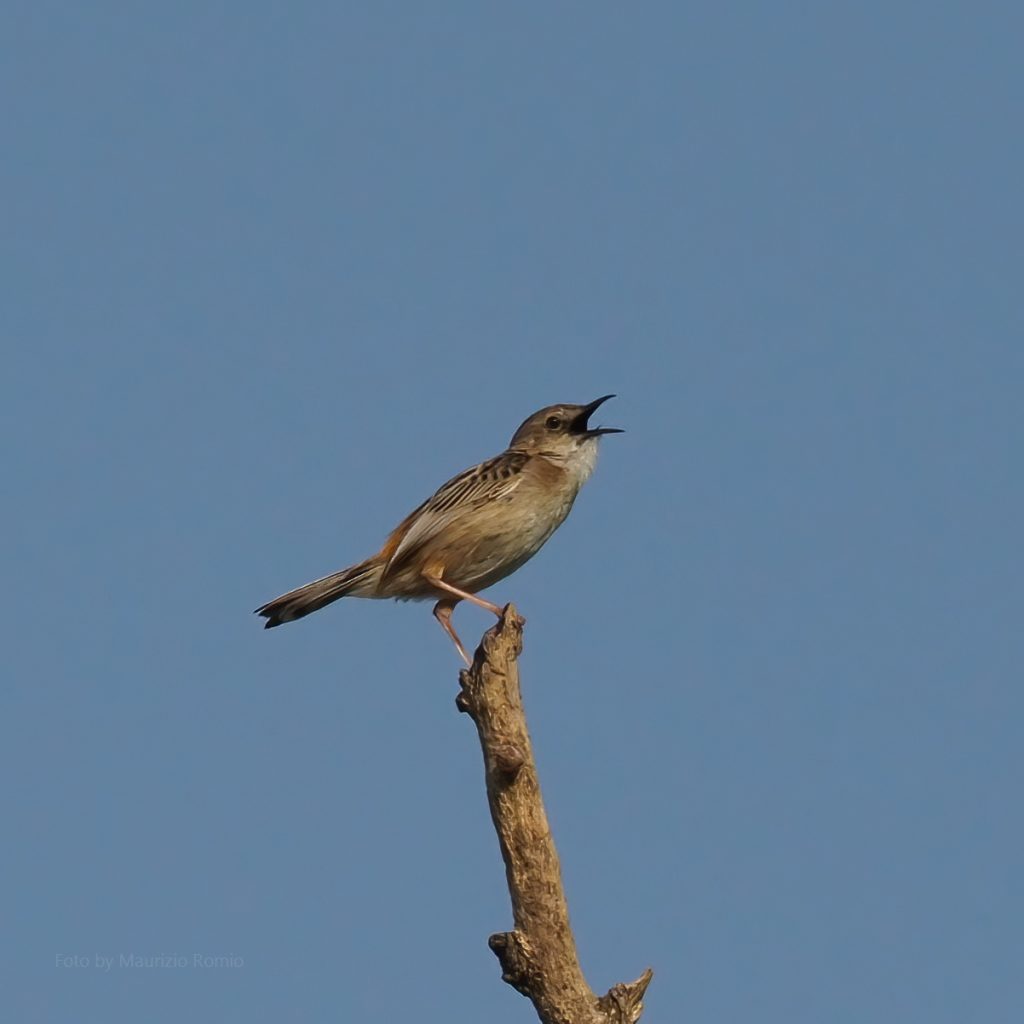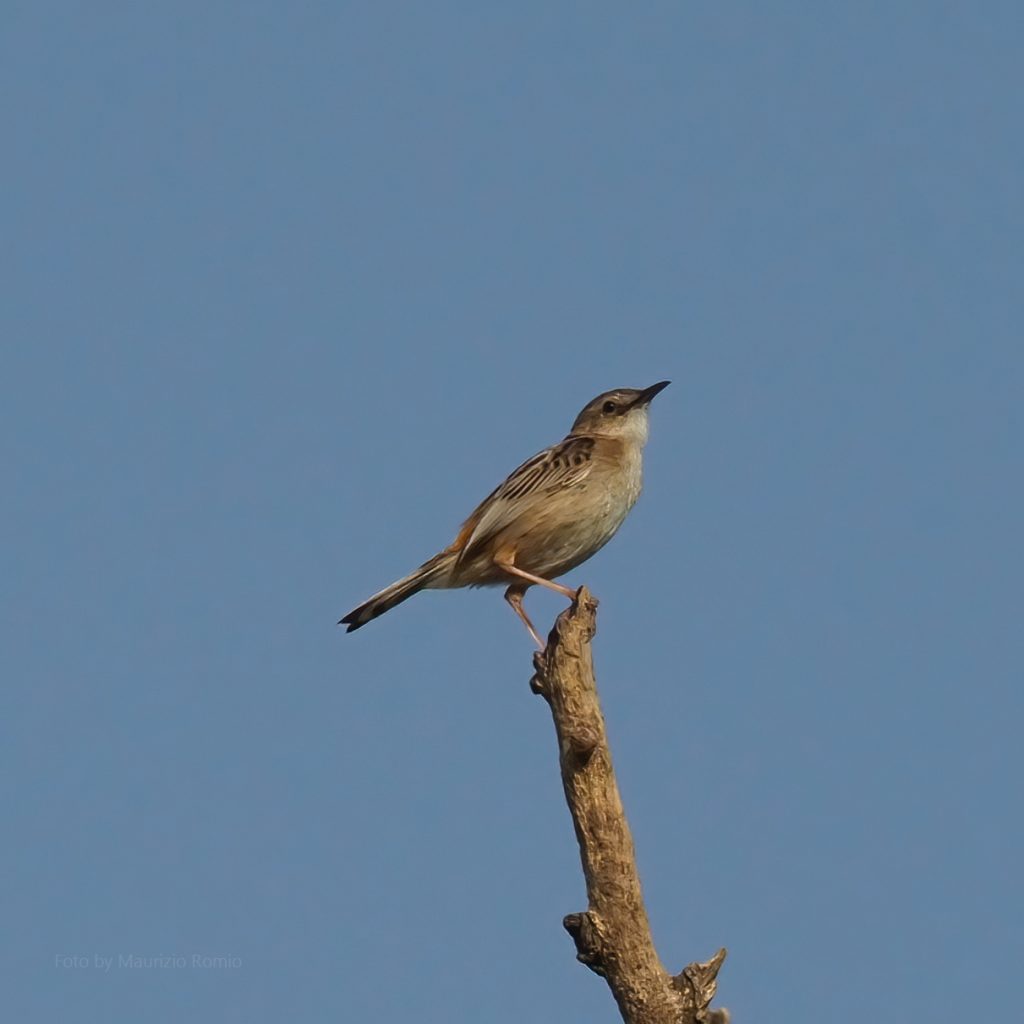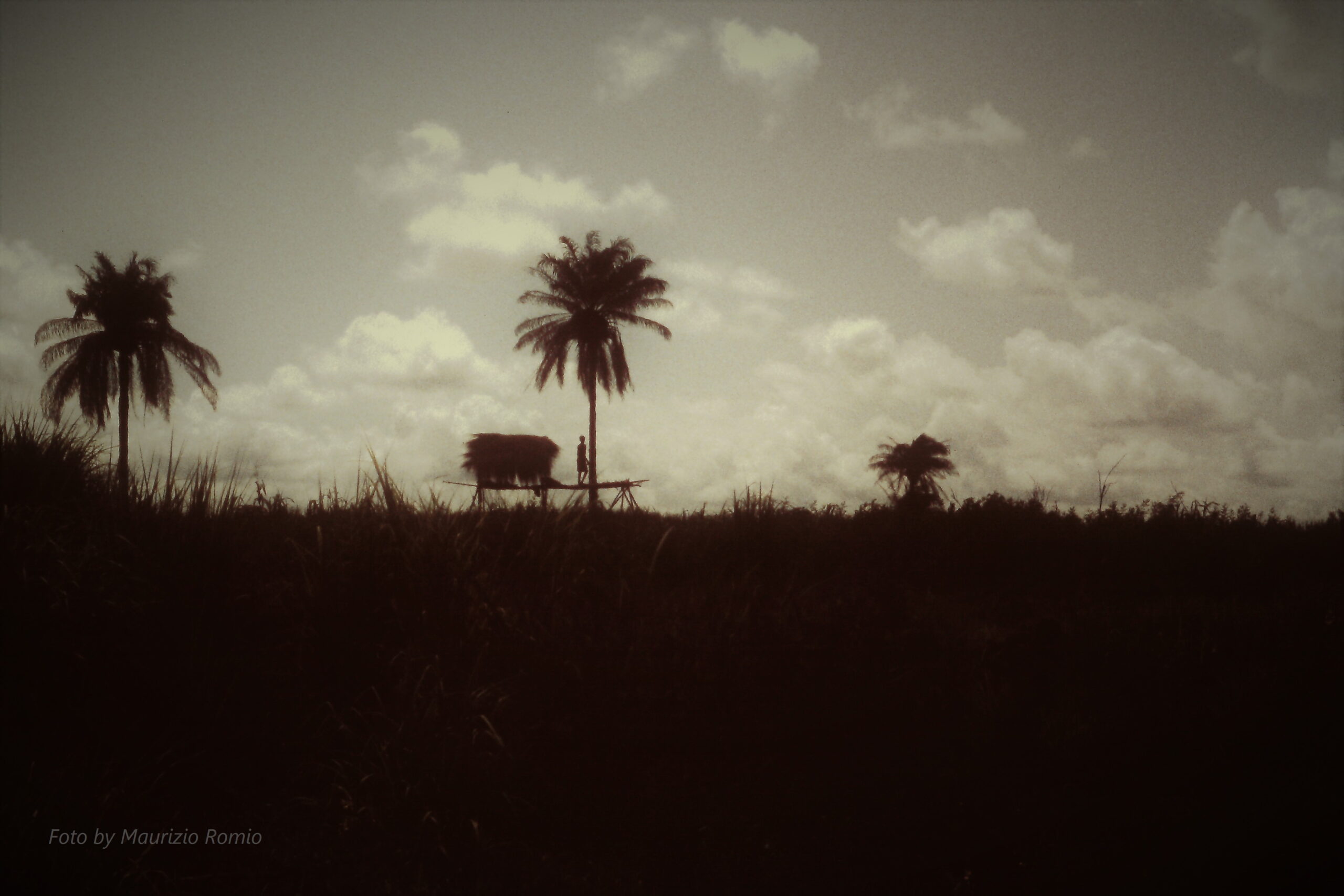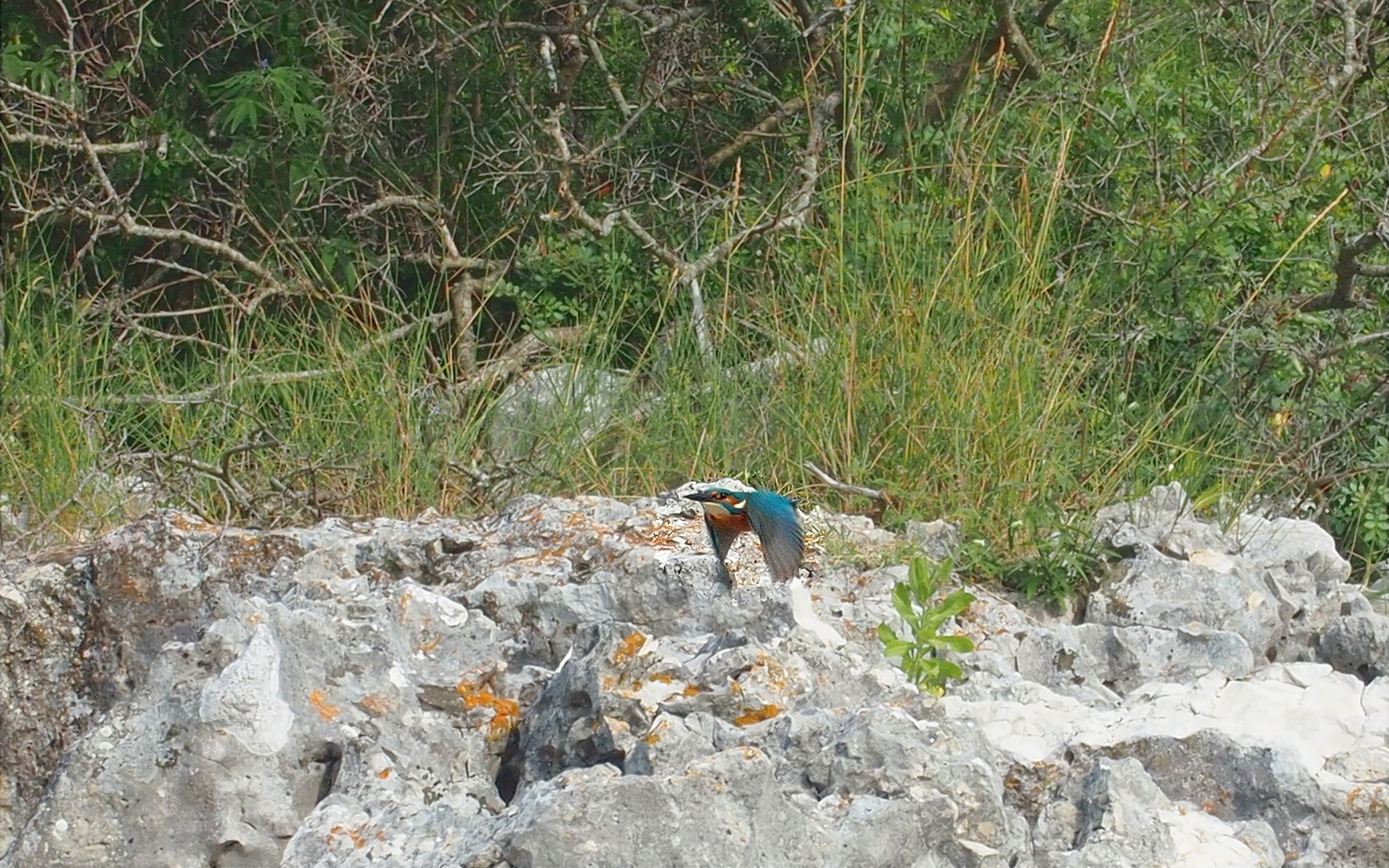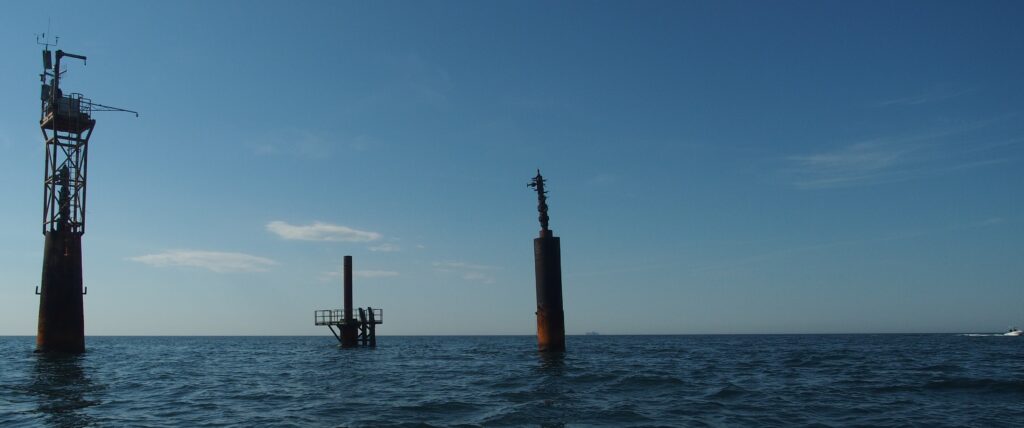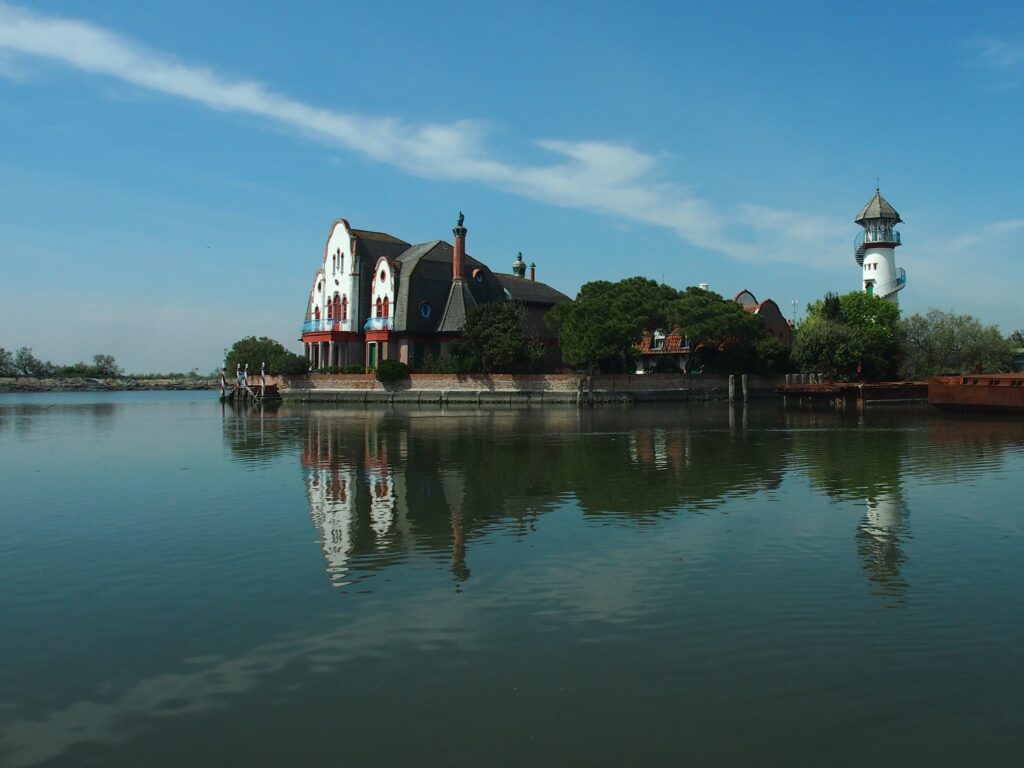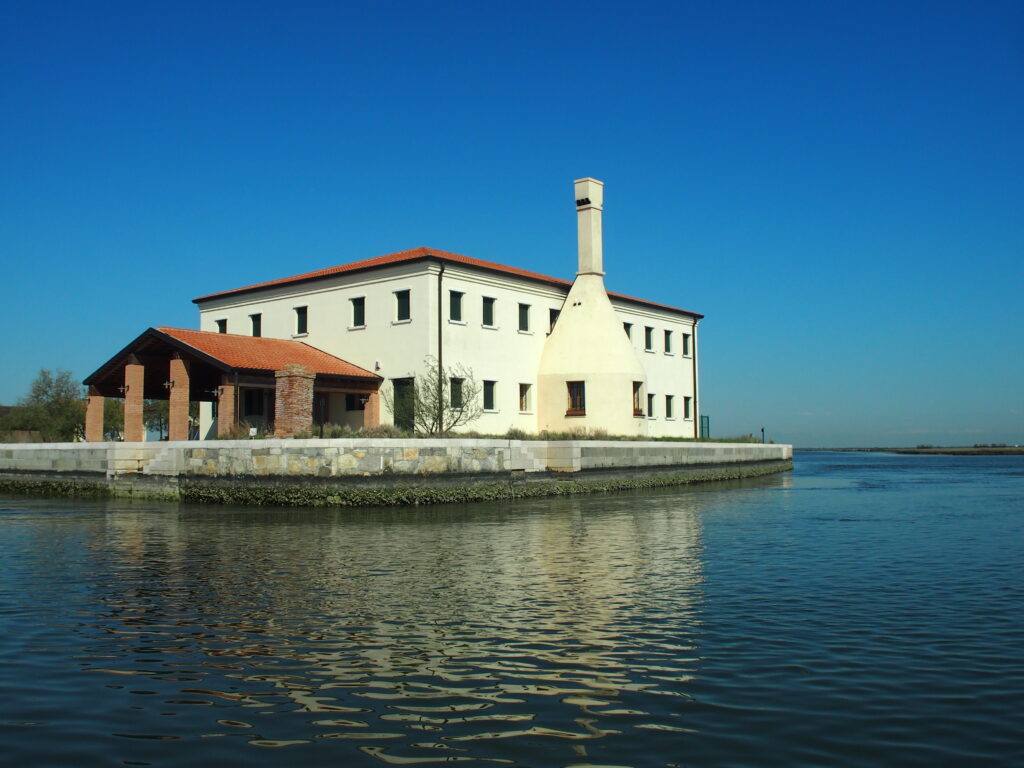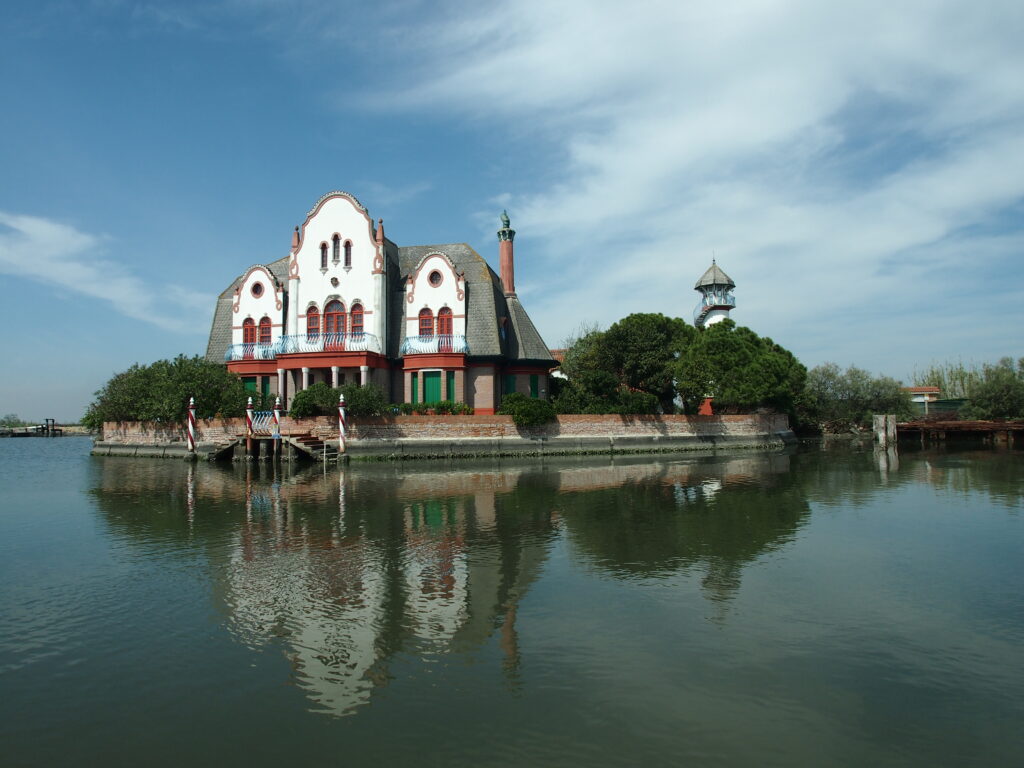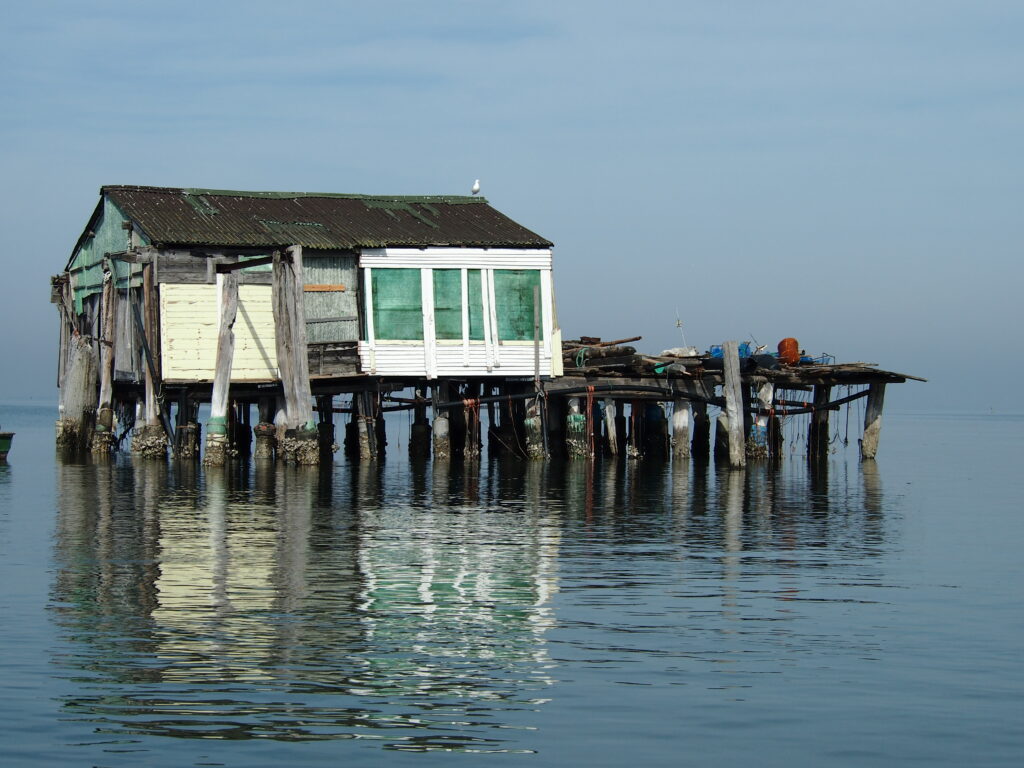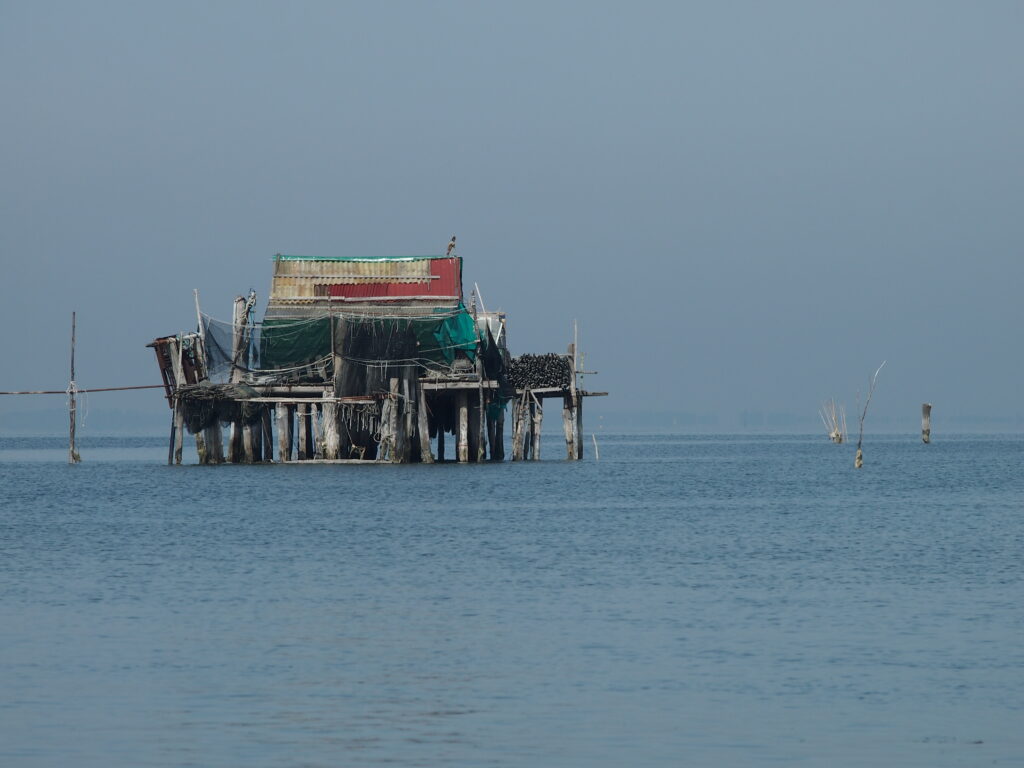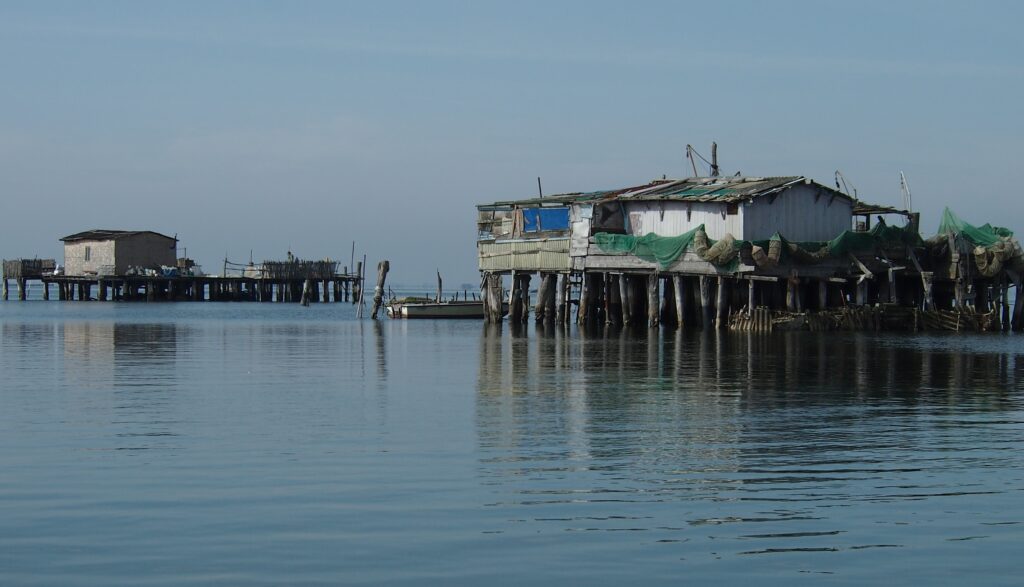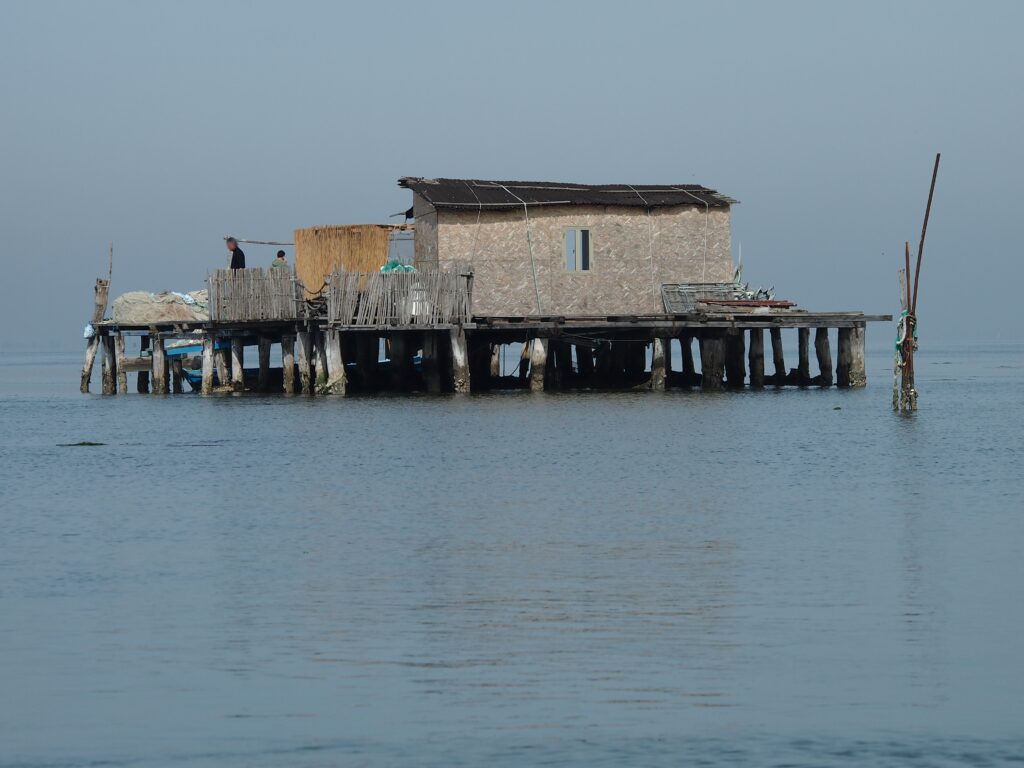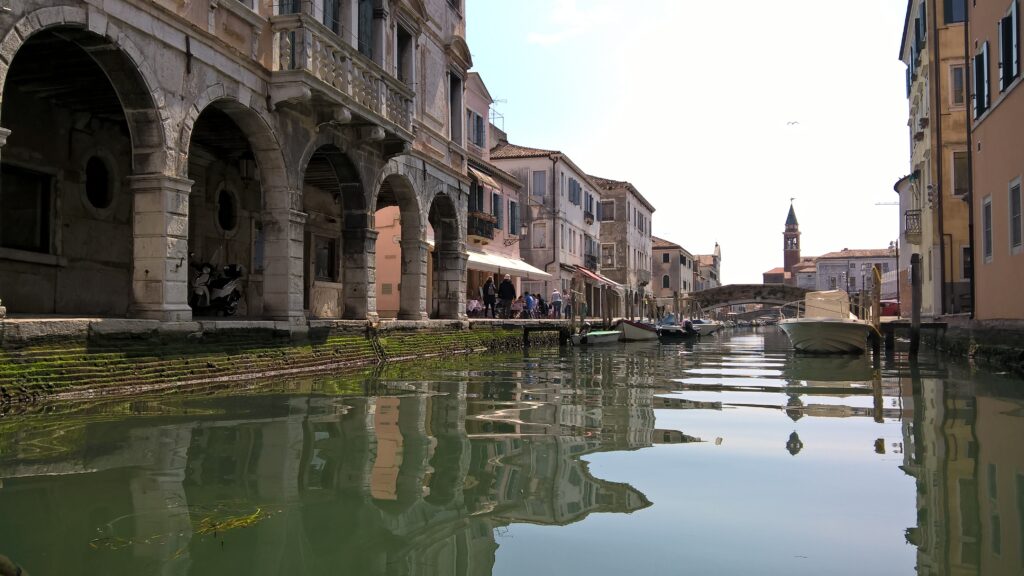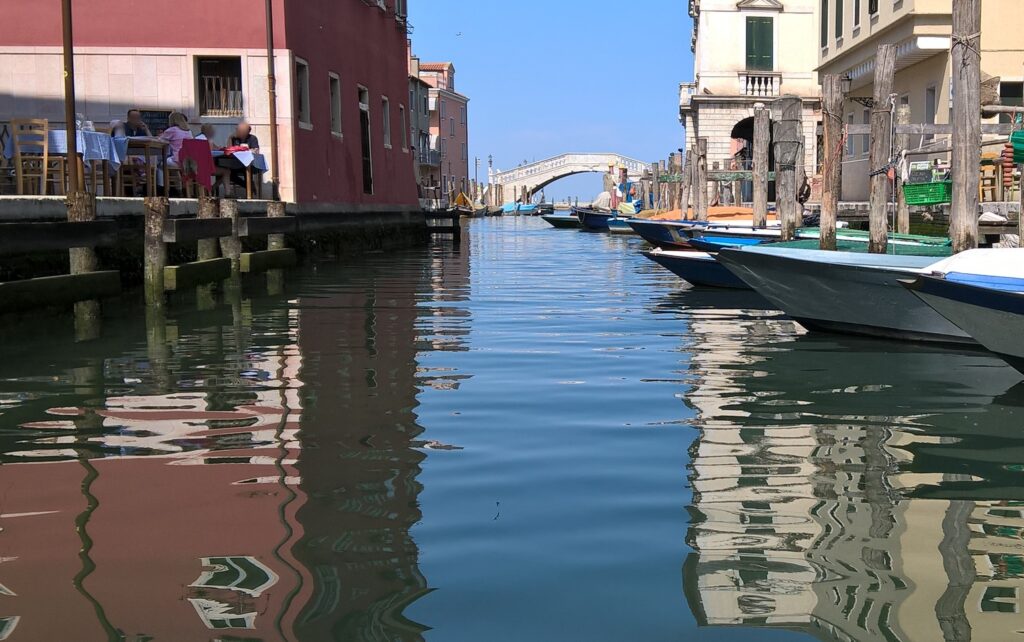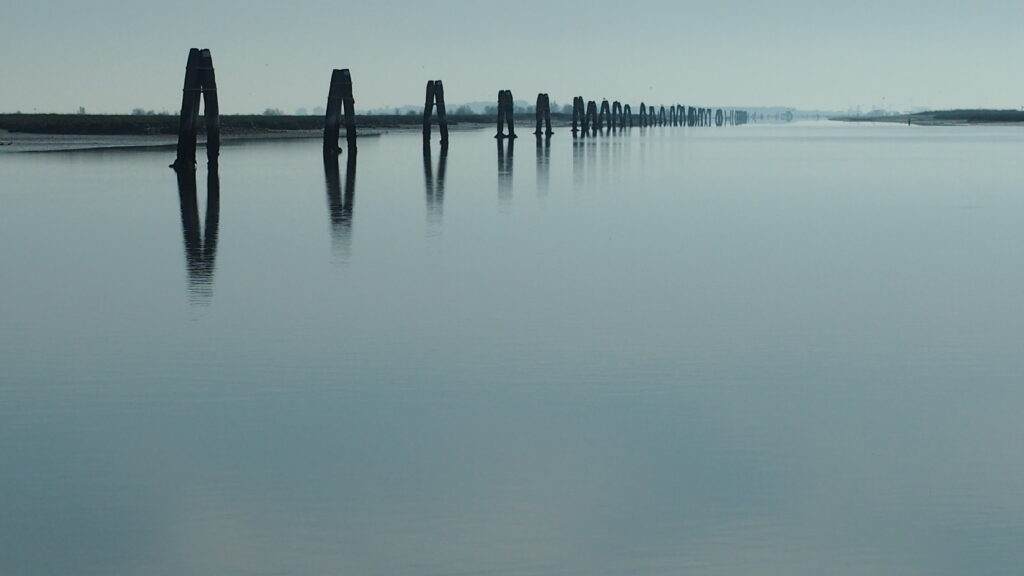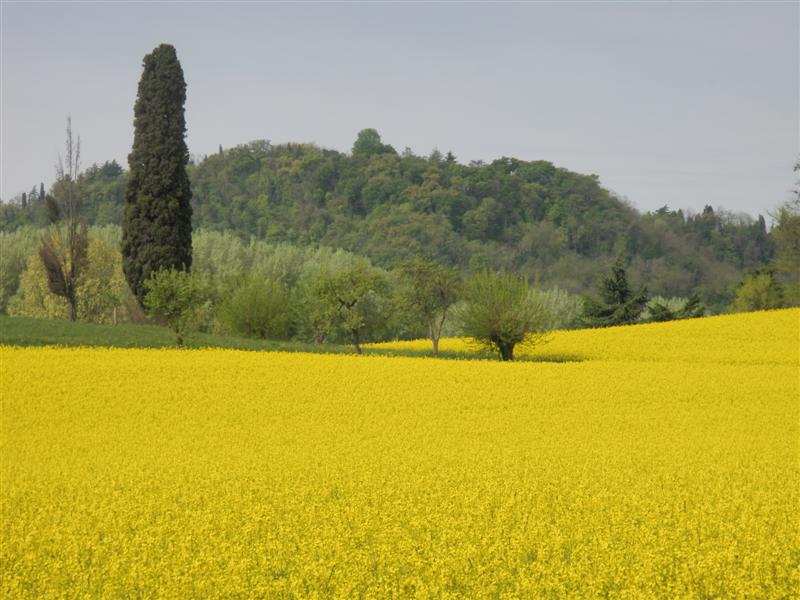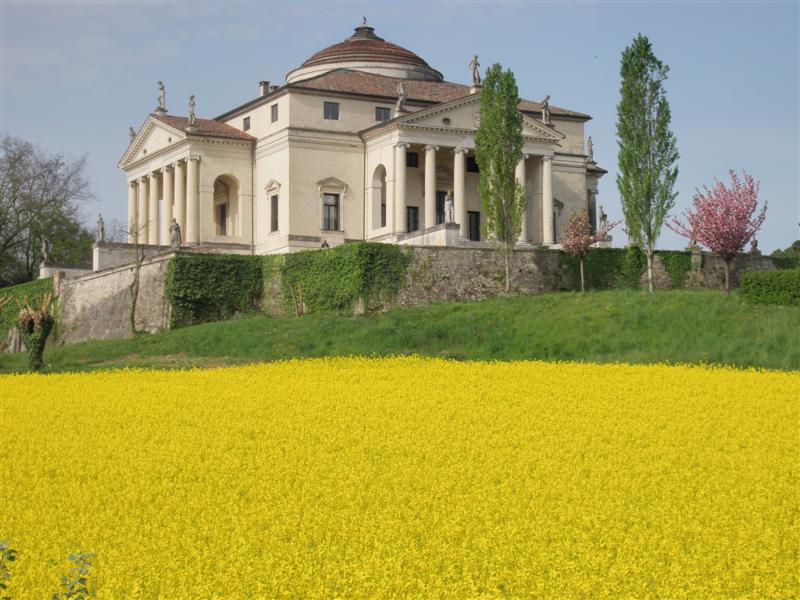Il gruccione è un bellissimo uccello insettivoro che ogni anno raggiunge alcune aree della nostra penisola italiana durante i mesi estivi. Si tratta dell’uccello più colorato che si può osservare nel nostro continente europeo.
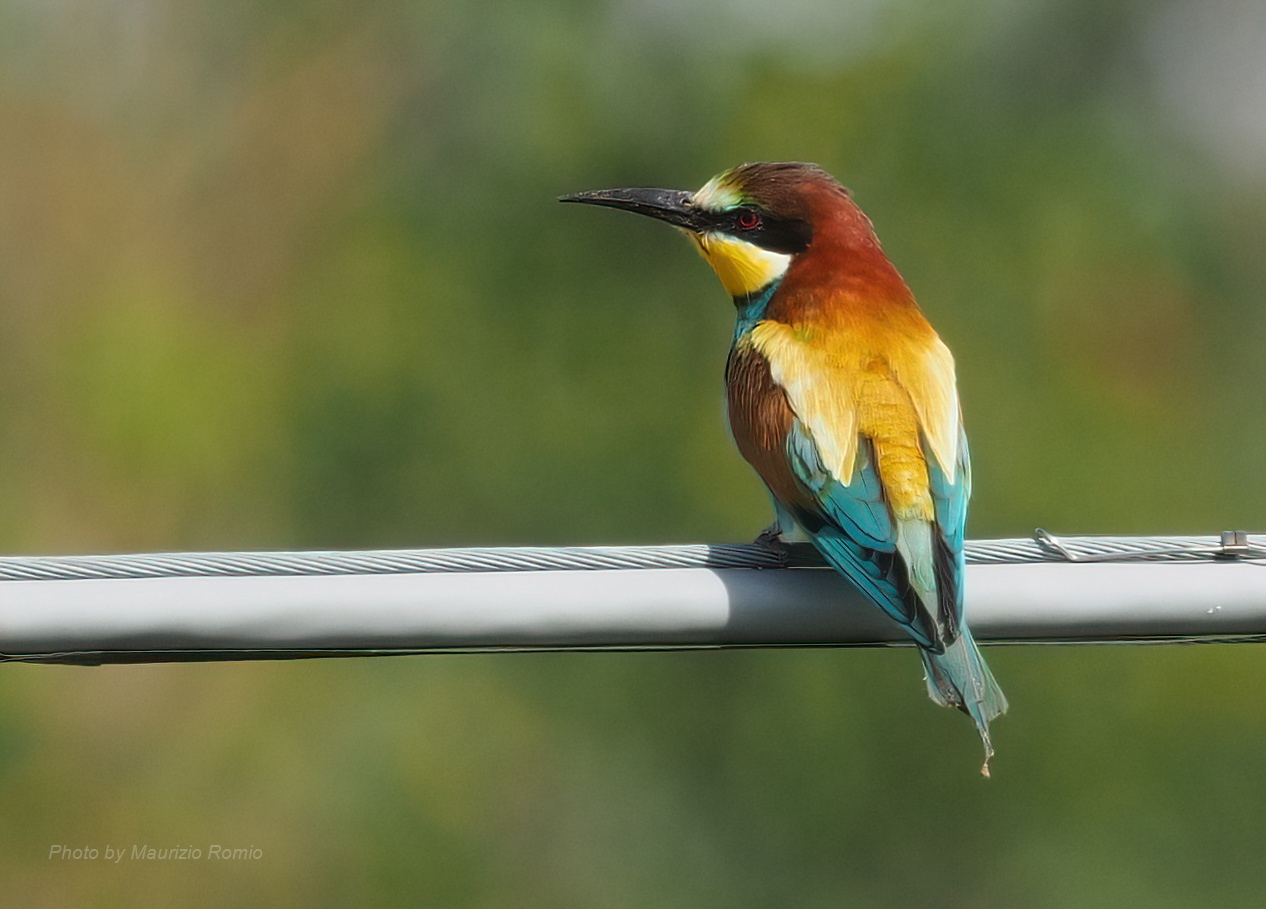
La specie giunge nel nostro Paese tra la fine di aprile e l’inizio di maggio, per ripartire ad agosto inoltrato verso l’Africa.
I gruccioni amano i luoghi con spazi naturali aperti nei pressi di cespugli, alberi e tralicci e vicino a corsi d’acqua.
Golosi di api, vespe e calabroni si nutrono di insetti catturati in aria con sortite in volo da punti di partenza costituiti da rami o linee elettriche.
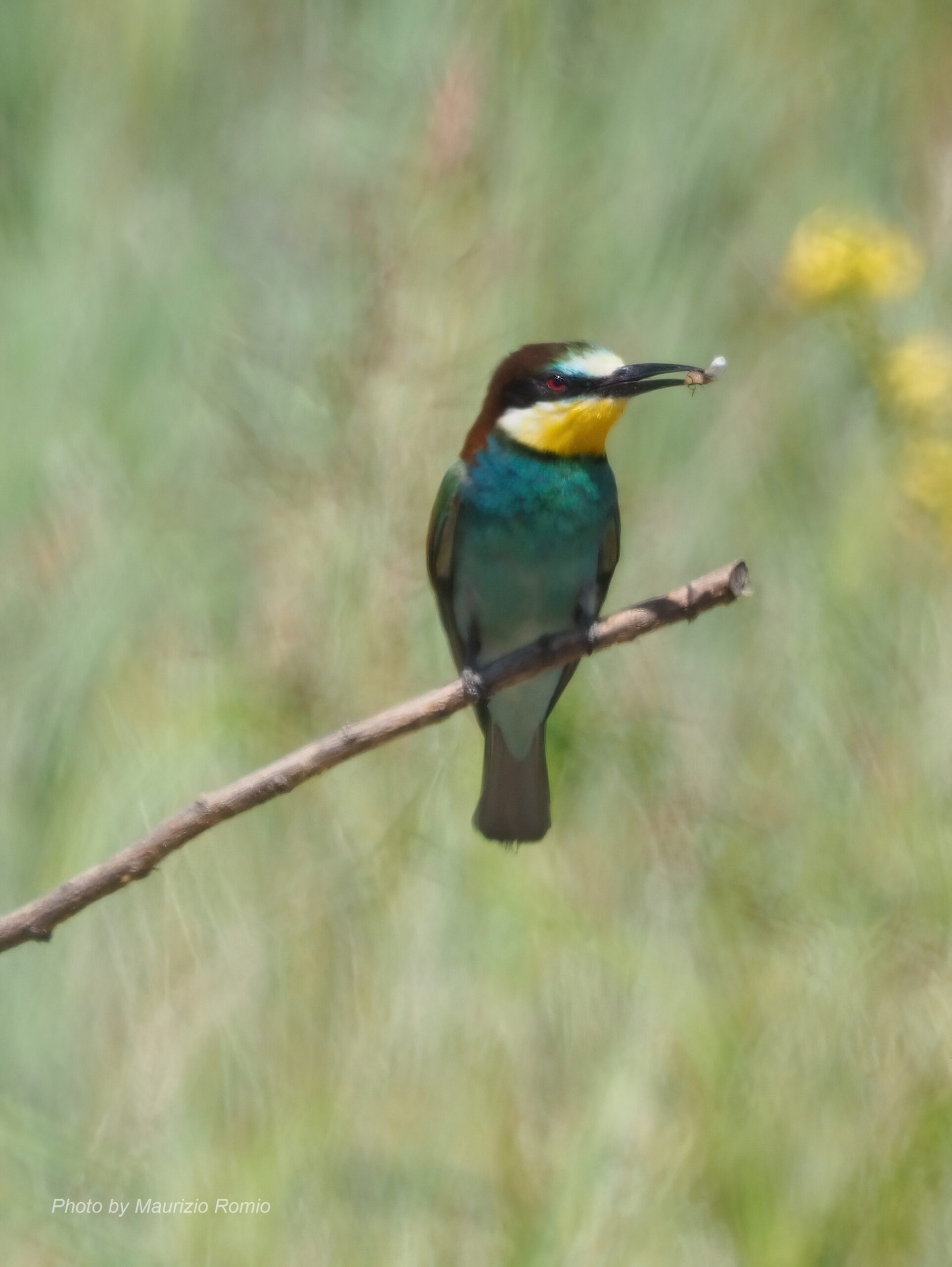
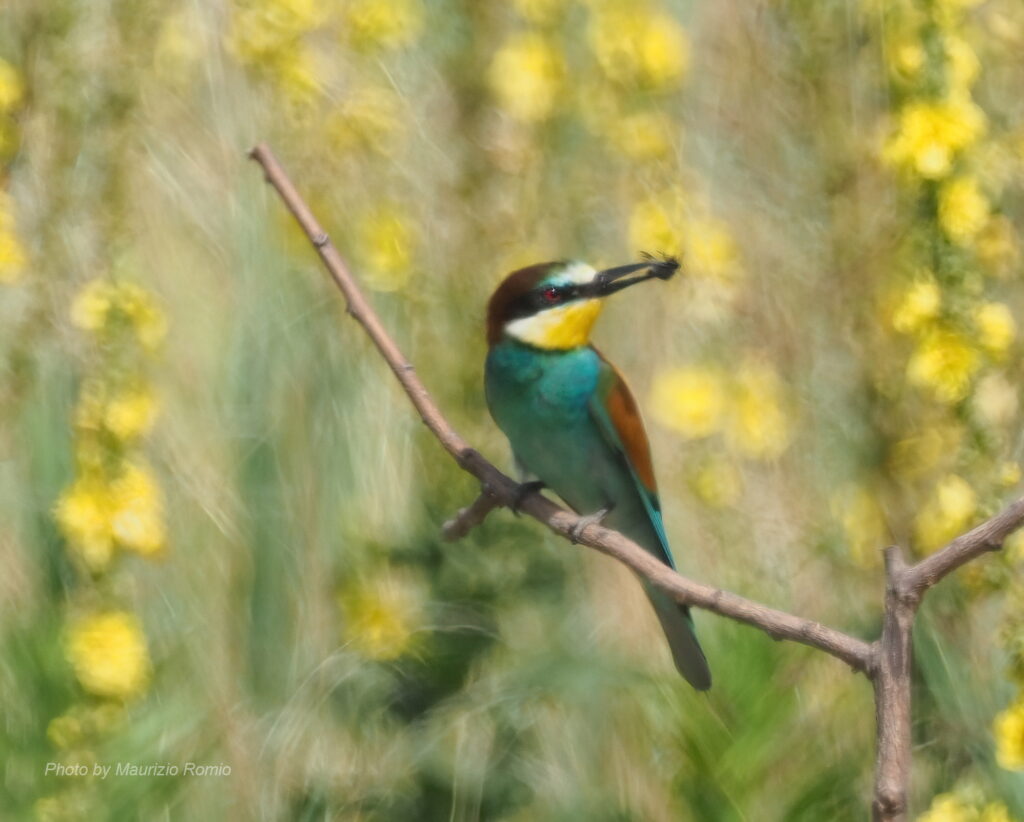
I gruccioni sono monogami per tutta la loro vita e vivono mediamente 6 anni.
Una particolarità del gruccione è il modo con cui realizza i nidi. Difatti questi ultimi vengono realizzati costruendo dei cunicoli, che possono arrivare anche ad una lunghezza di alcuni metri, su pareti o sponde argillose o sabbiose.
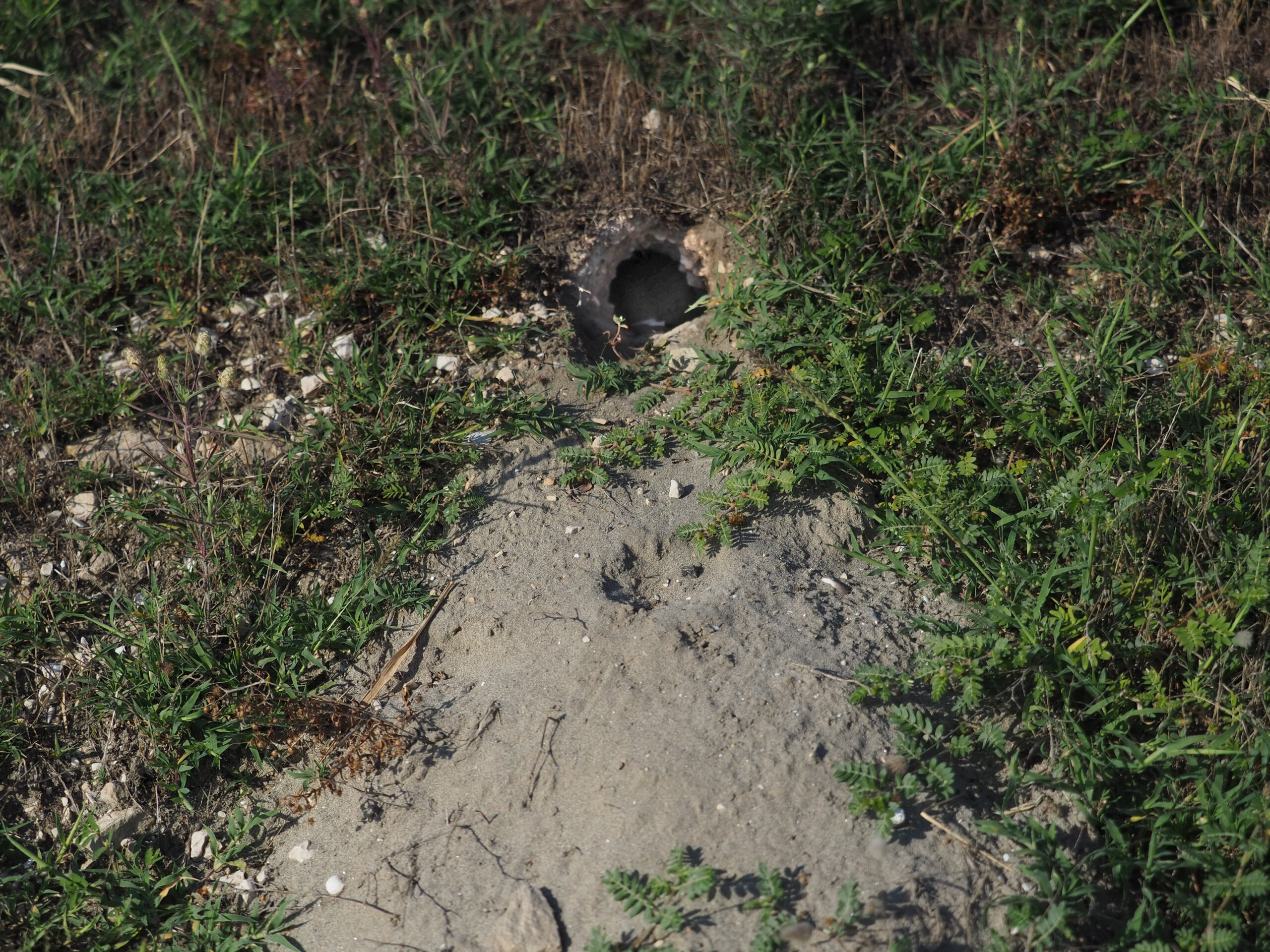
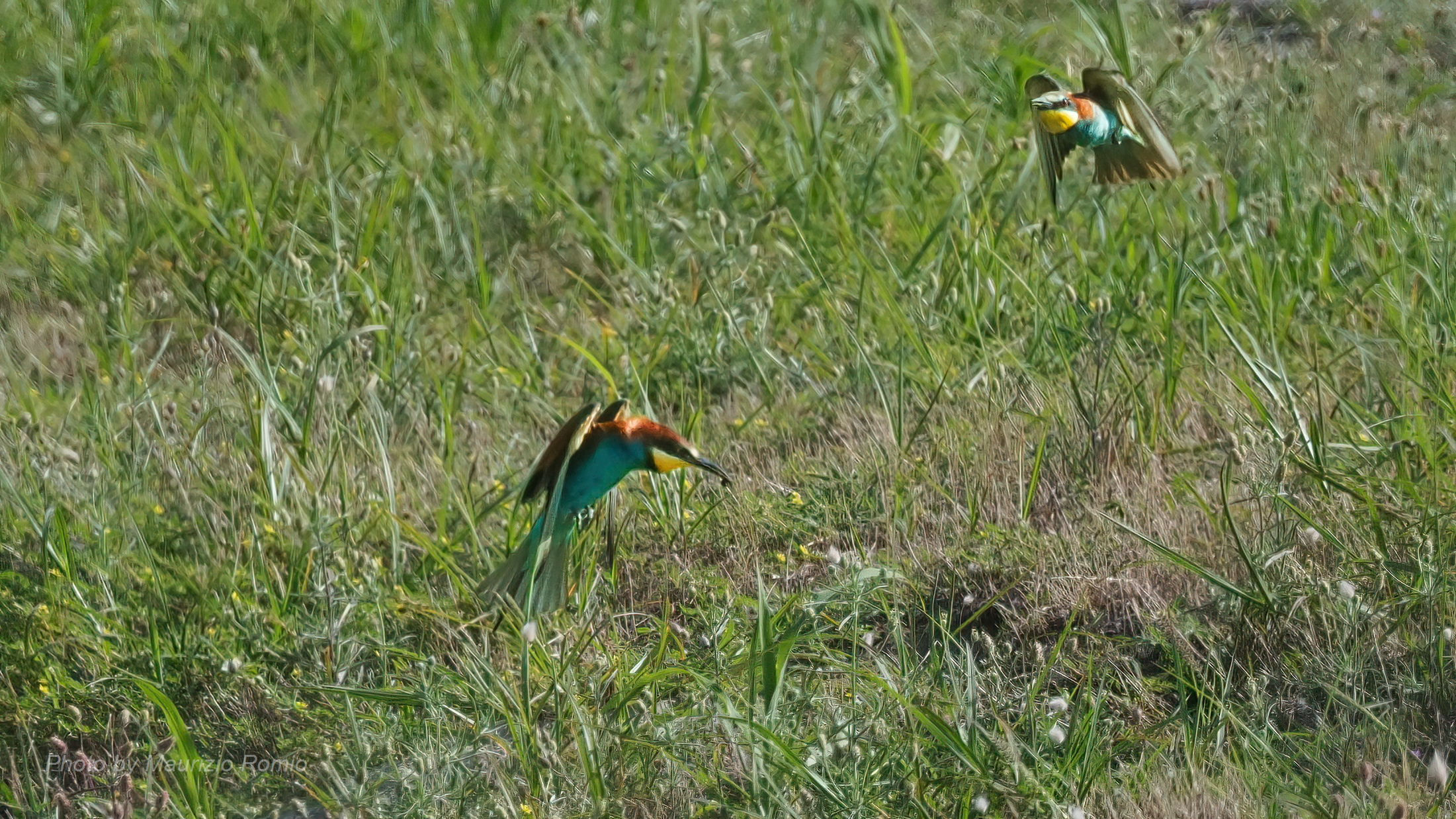
La femmina depone dalle 5 alle 8 uova. Entrambi i sessi si occupano della cova, che dura circa 20 giorni. Di solito la specie effettua una covata l’anno.
I pulcini rimangono in fondo al cunicolo del nido per circa un mese e successivamente, alternandosi gli uni con gli altri, si spingono lungo il cunicolo del nido per ricevere il cibo. Nel mese di luglio i giovani escono all’aperto ed iniziano a volare restando però sempre nei pressi del loro nido all’interno del quale trascorrono la notte. I piccoli continuano comunque ad essere nutriti dai genitori fino a quasi il momento della migrazione verso l’Africa subsahariana che avverrà nei mesi di agosto settembre.
Il riconoscimento degli esemplari giovani rispetto ai gruccioni adulti lo si può notare osservando la coda: le penne della coda dei giovani sono di lunghezza simile, mentre negli adulti le penne direzionali centrali sono più lunghe.
Il gruccione ha un volo ondulato con rapide battute d’ala e a volte inframezzato con brevi momenti, di volo, ad ali raccolte che lo portano ad assumere posizioni particolari.
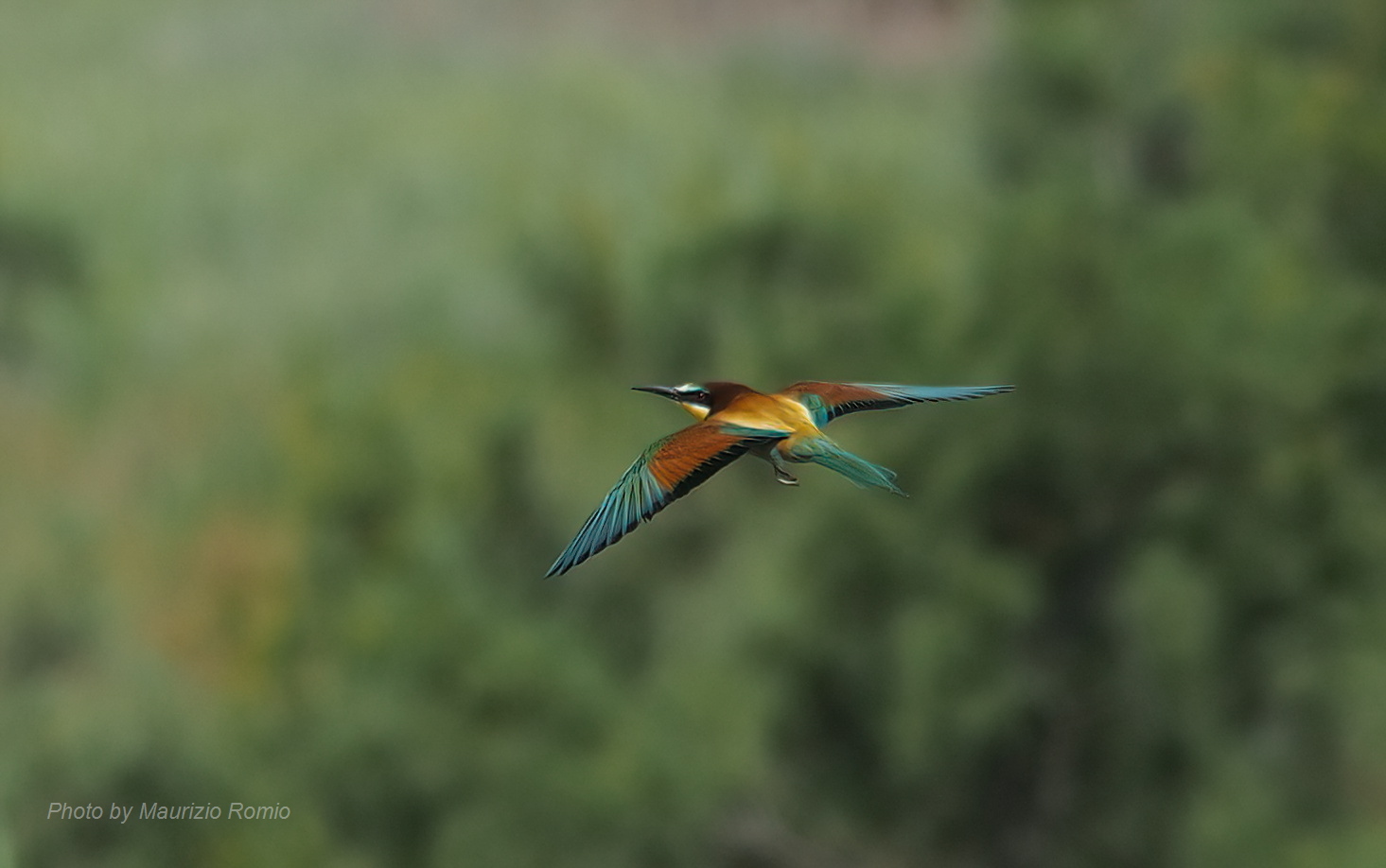
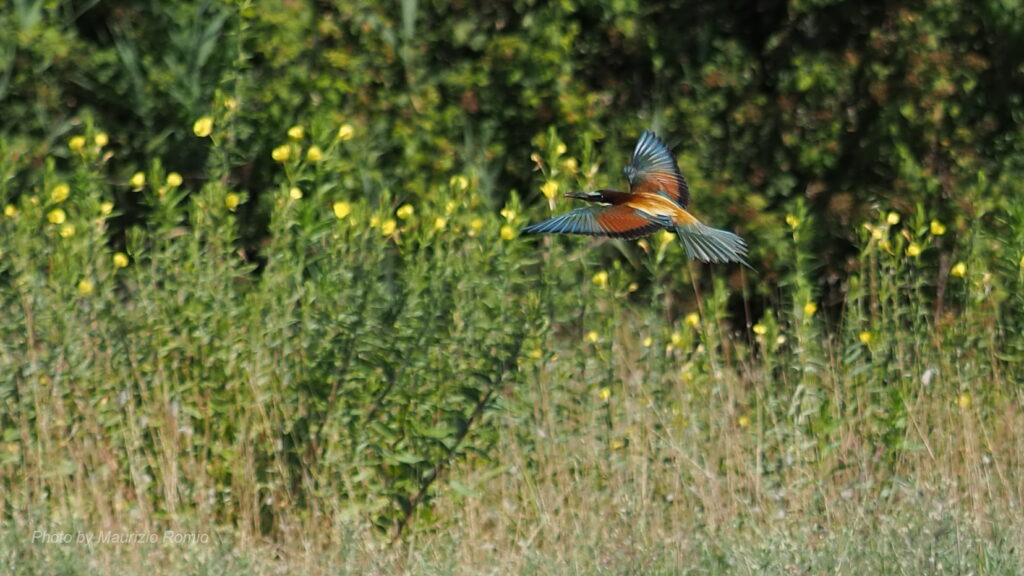
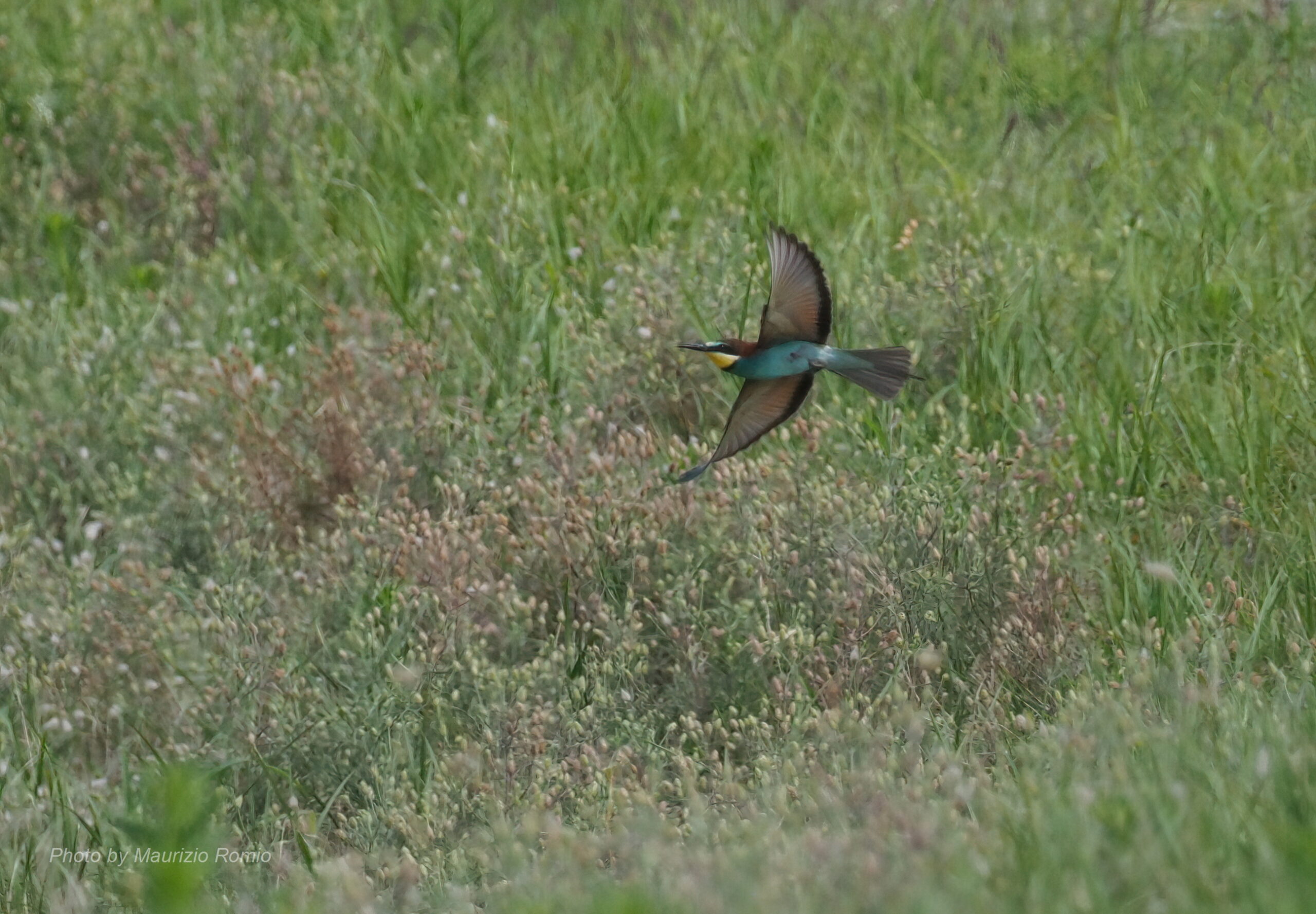
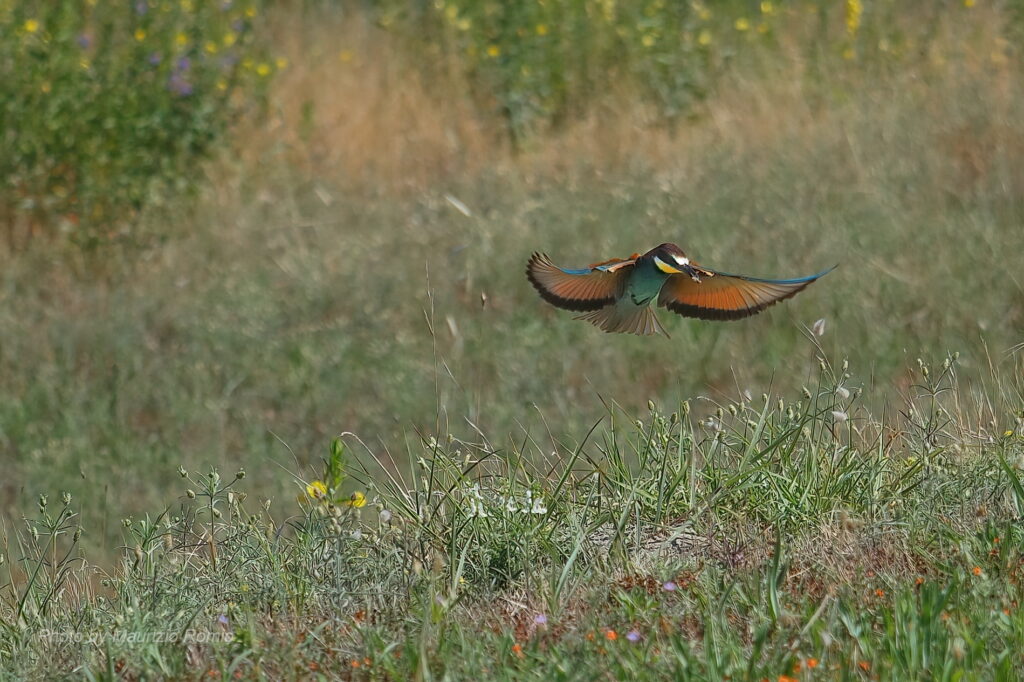
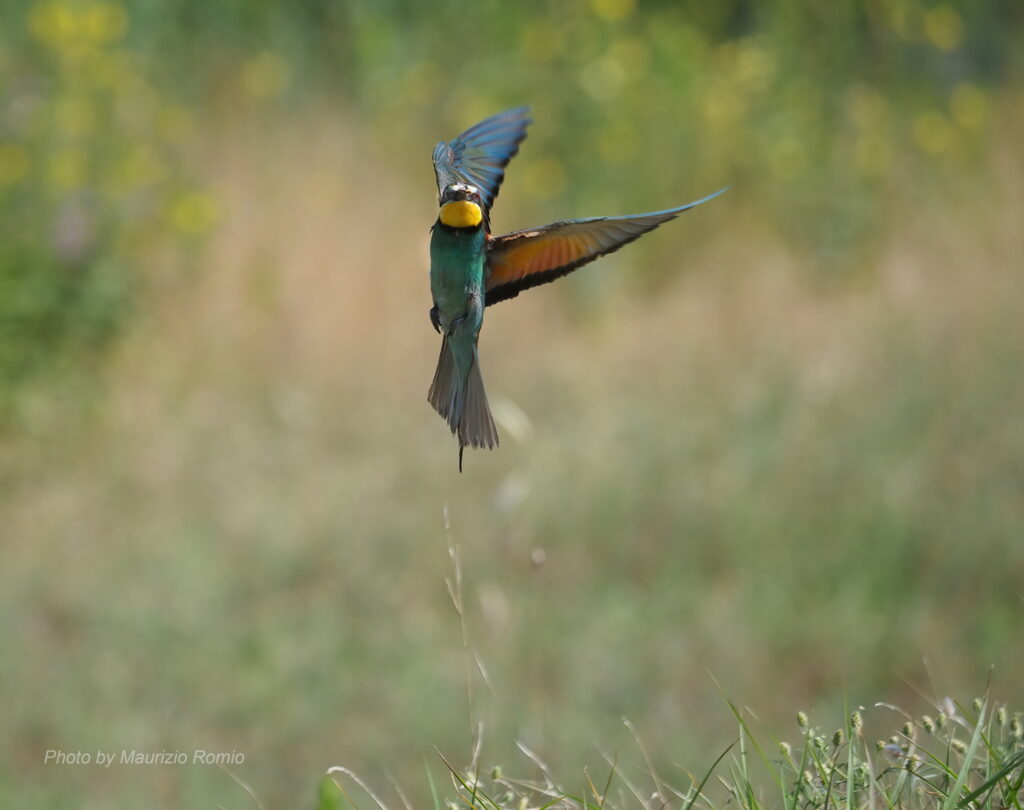
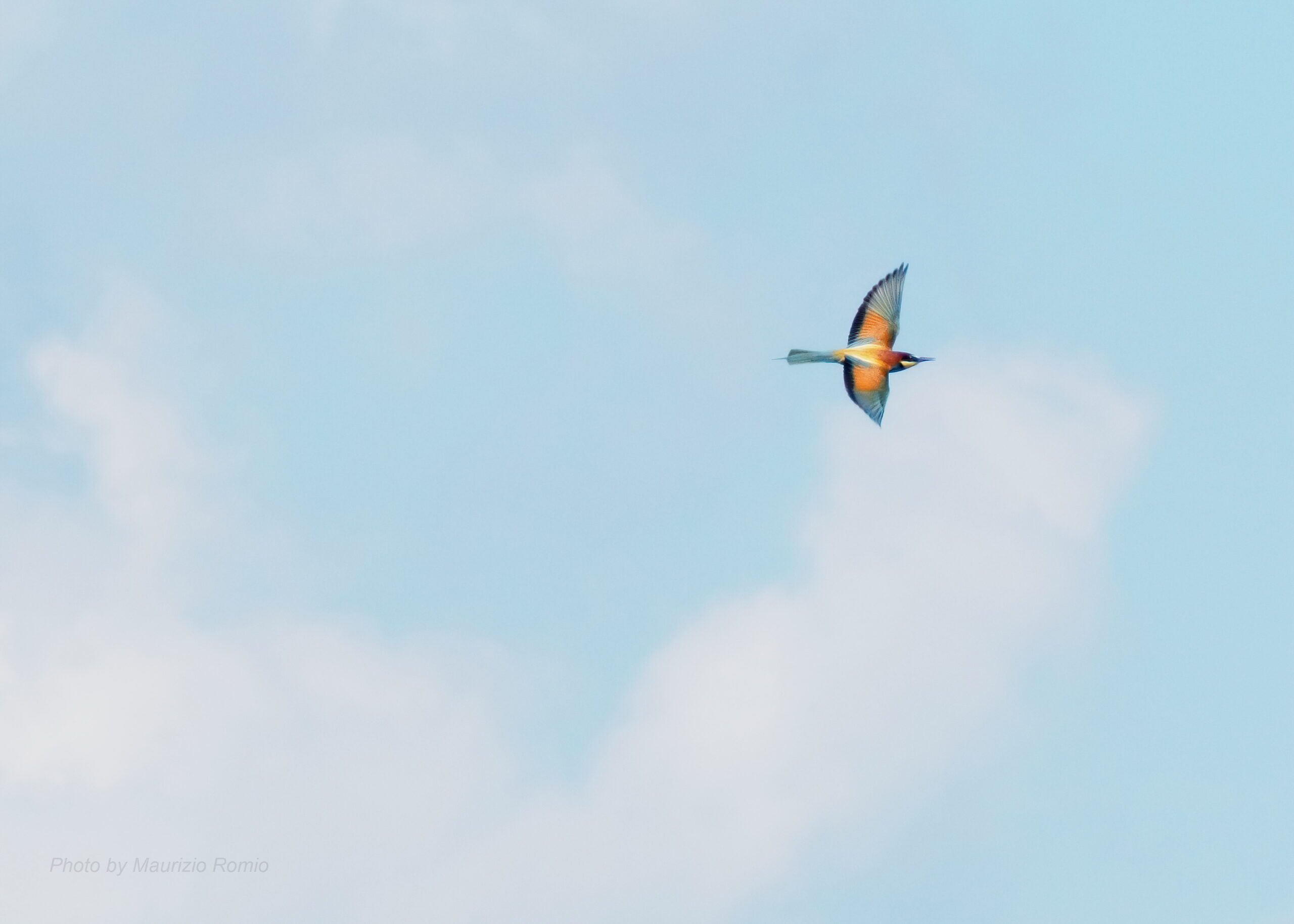
In cielo, nei momenti di caccia, il gruccione lo si può vedere veleggiare elegantemente simile ad un aquilone dai mille colori sgargianti.
Bee-eater in flight in the Po Delta
The bee-eater is a beautiful insectivorous bird that reaches some areas of our Italian peninsula every year during the summer months. It is the most colorful bird that can be observed on our European continent.
The species arrives in our country between the end of April and the beginning of May, before leaving to Africa in August-September.
Bee-eaters love places with natural open spaces near bushes, trees and trellises and near streams.
Greedy of bees, wasps and hornets feed on insects captured in the air with sorties in flight from starting points made up of branches or power lines.
Bee-eaters are monogamous throughout their lives and live on average 6 years.
A peculiarity of the bee-eater is the way it builds its nests. In fact, the latter are created by building tunnels, which can even reach a length of several metres, on clay or sandy walls or banks.
The female lays 5 to 8 eggs. Both sexes take care of the brooding, which lasts about 20 days. The species usually has one brood per year.
The chicks remain at the bottom of the nest tunnel for about a month and then, alternating with each other, push themselves along the nest tunnel to receive food. In the month of July the young go out into the open air and begin to fly, but always remain near their nest where they spend the night. However, the young continue to be fed by their parents until almost the moment of migration towards sub-Saharan Africa which will take place in the months of August and September.
The recognition of young specimens compared to adult bee-eaters can be seen by observing the tail: the tail feathers of juveniles are of similar length, while in adults the central directional feathers are longer.
The bee-eater has an undulating flight with rapid wing beats and sometimes interspersed with short moments of flight with gathered wings which lead it to assume particular positions; in the sky, during hunting moments, the bee-eater can be seen sailing elegantly similar to a kite with a thousand bright colours.
Photographic equipment used for shooting the images published in this post:
Camera: Olympus E-M10 Mark III
Lens:
Olympus M.Zuiko ED 40-150mm F2.8 PRO
Olympus M.Zuiko 100-400mm F5.0-6.3 + MC-20
Shooting locations: Sacca degli Scardovari – Porto Tolle (Rovigo)
Attrezzatura fotografica usata per le riprese delle immagini pubblicate in questo post:
Macchina fotografica: Olympus E-M10 Mark III
Obiettivi:
Olympus M.Zuiko ED 40-150mm F2.8 PRO
Olympus M.Zuiko 100-400mm F5.0-6.3 + MC-20
Luoghi dello scatto: Sacca degli Scardovari – Porto Tolle (Rovigo)
